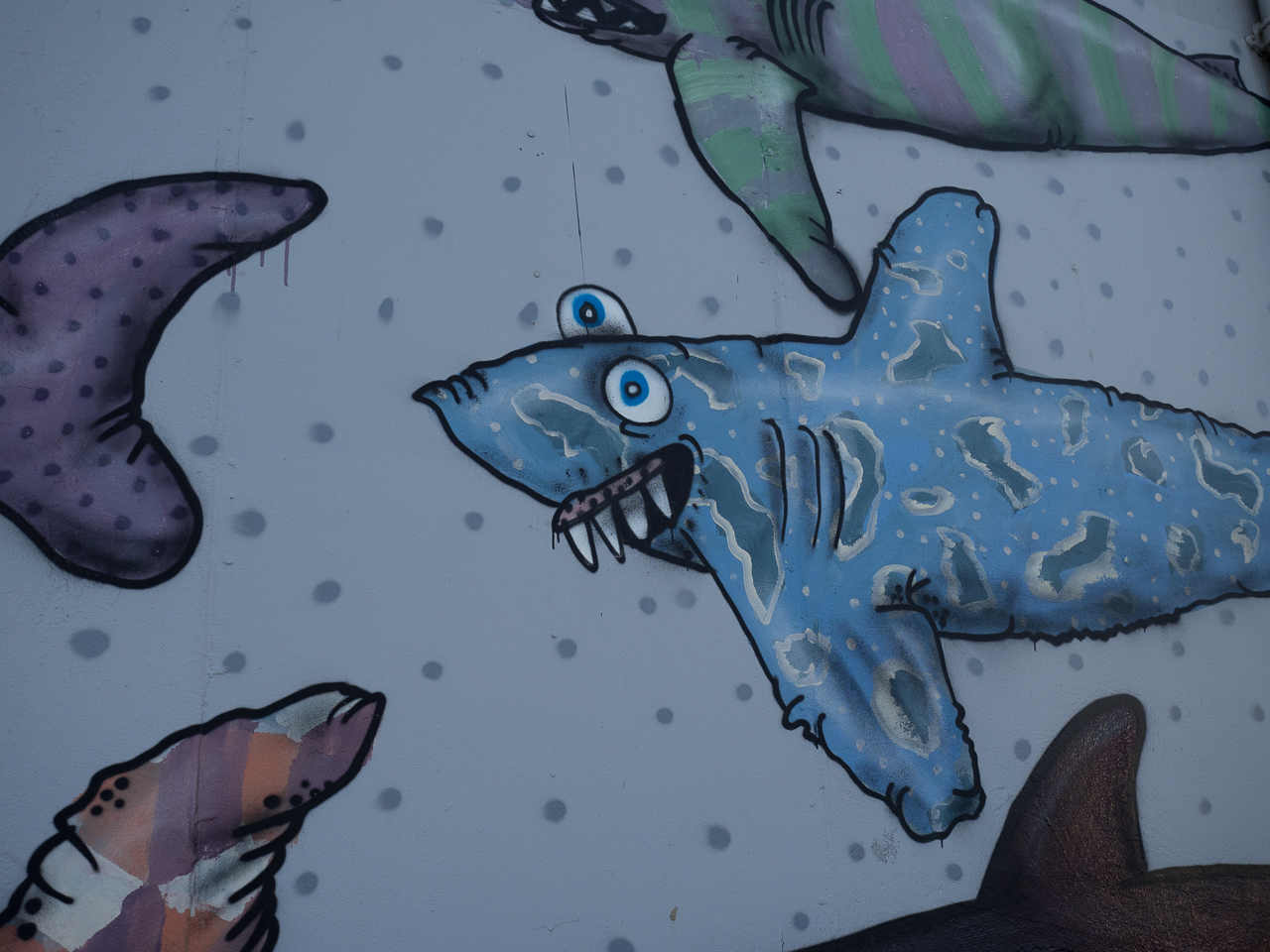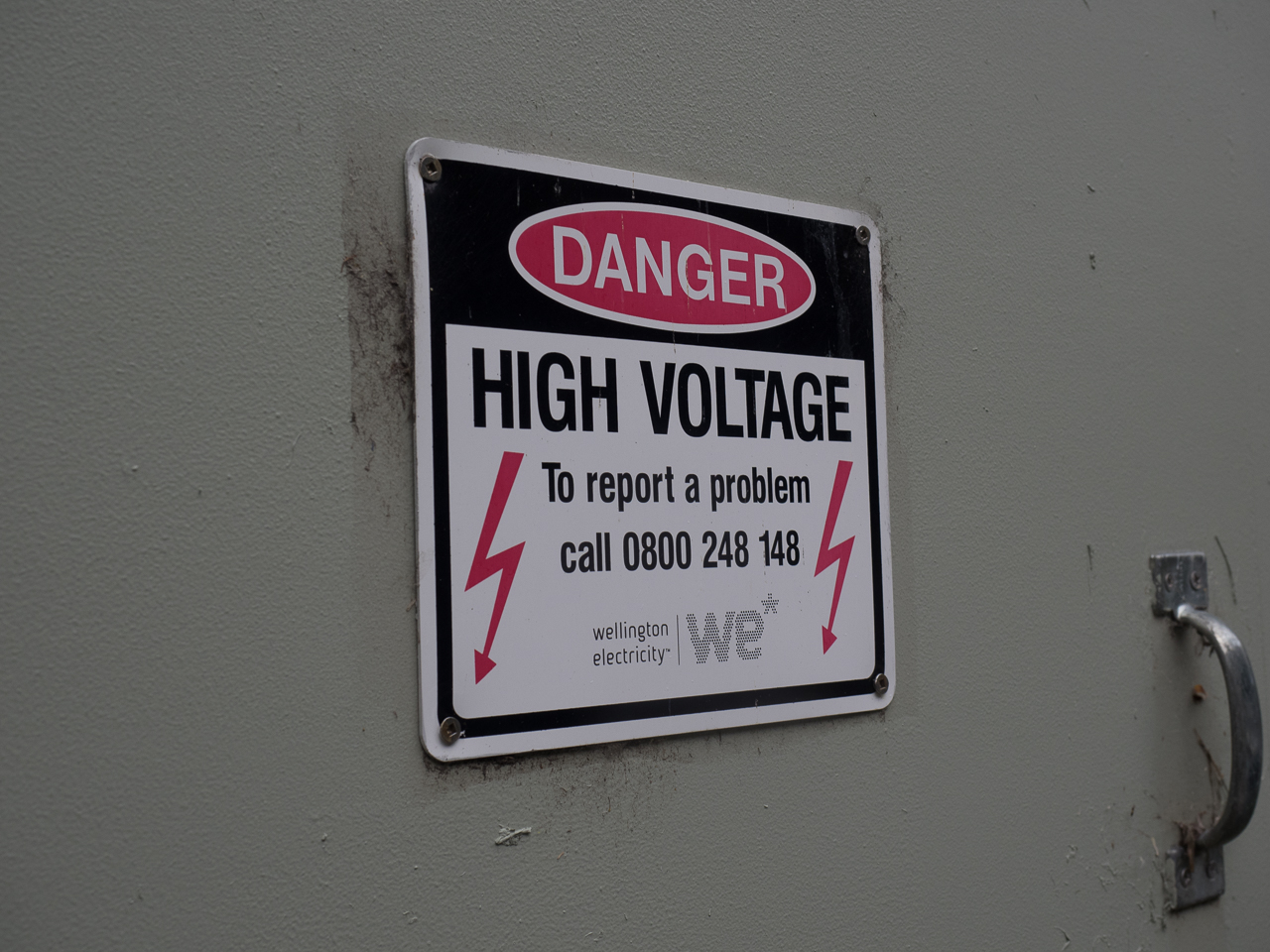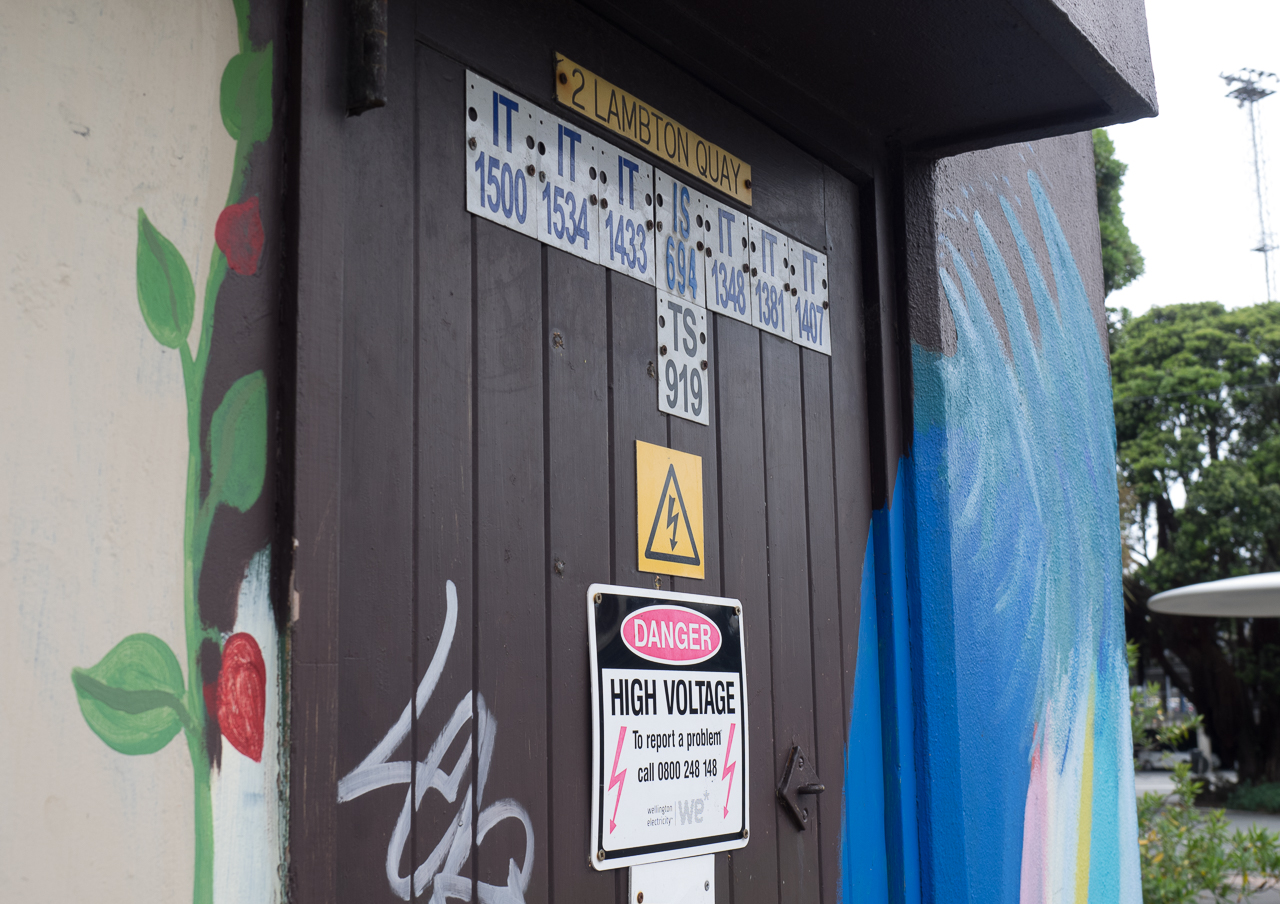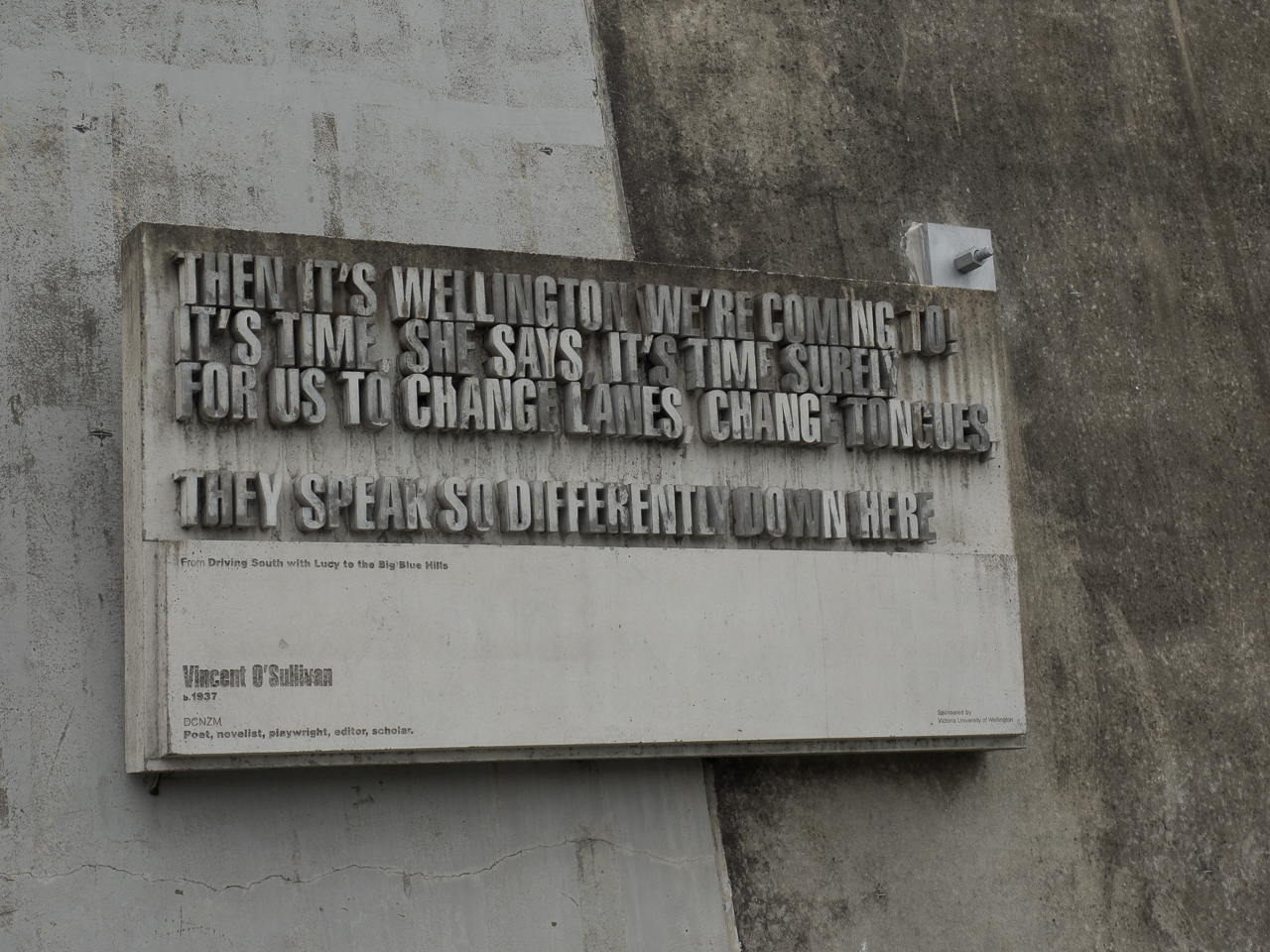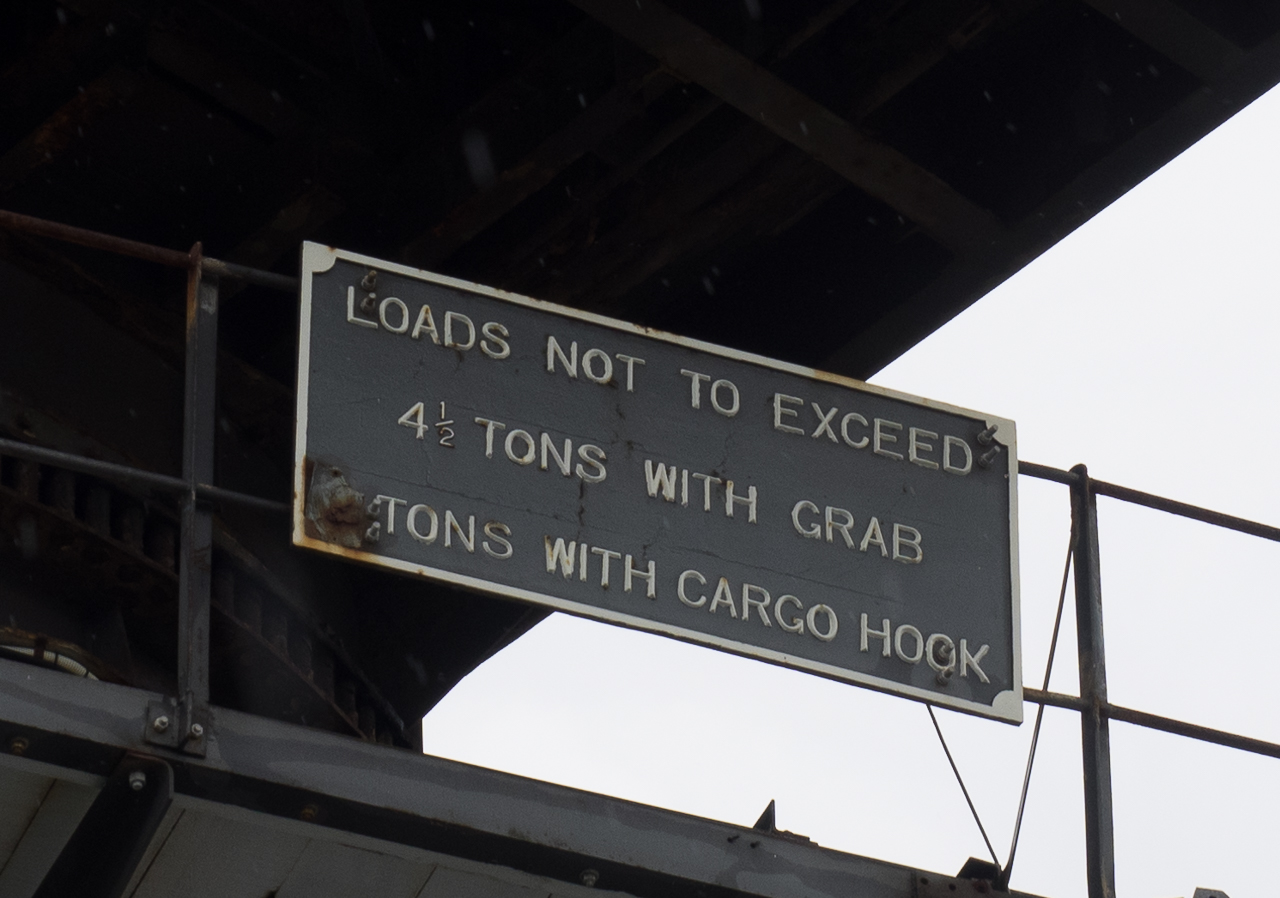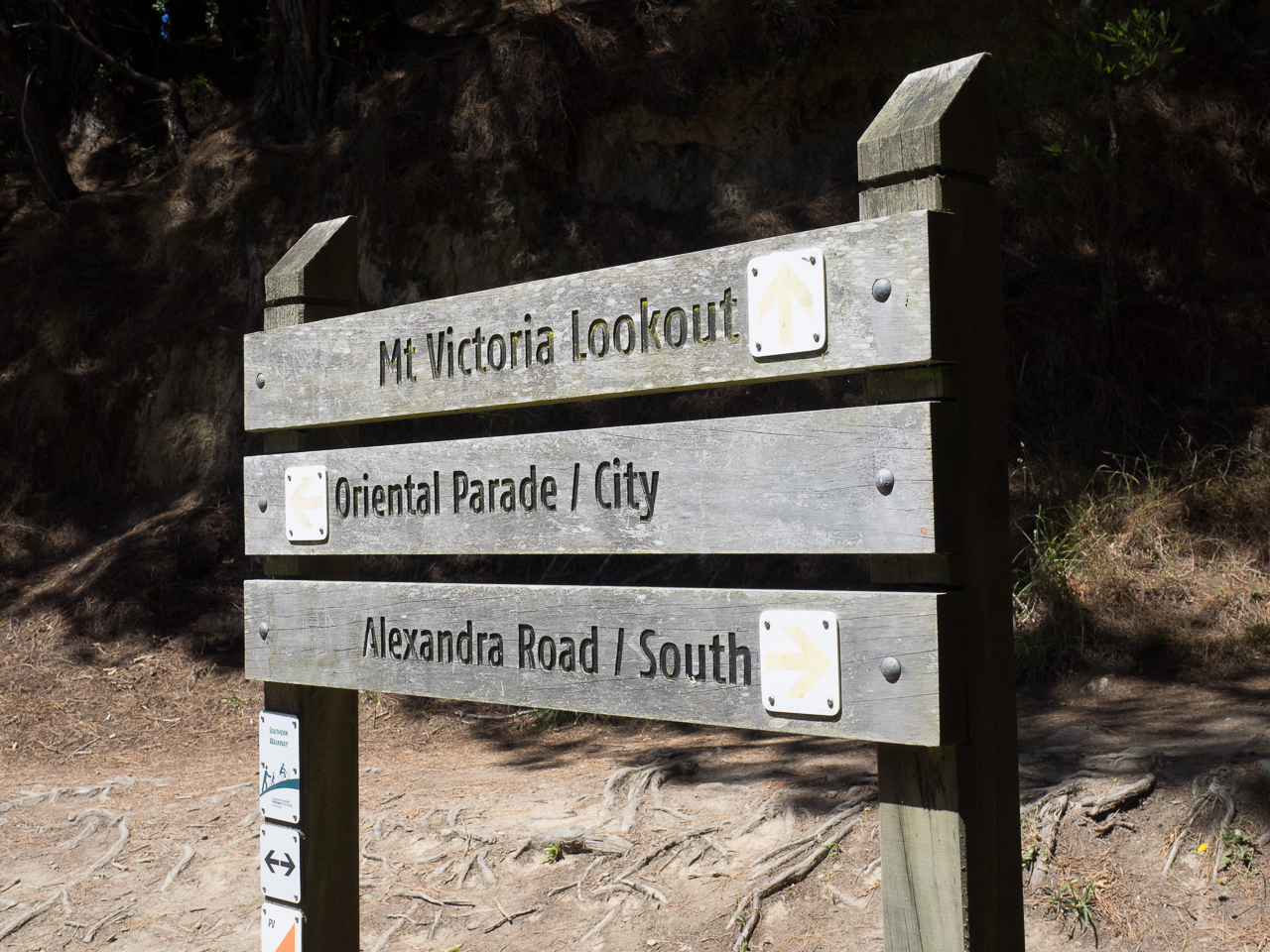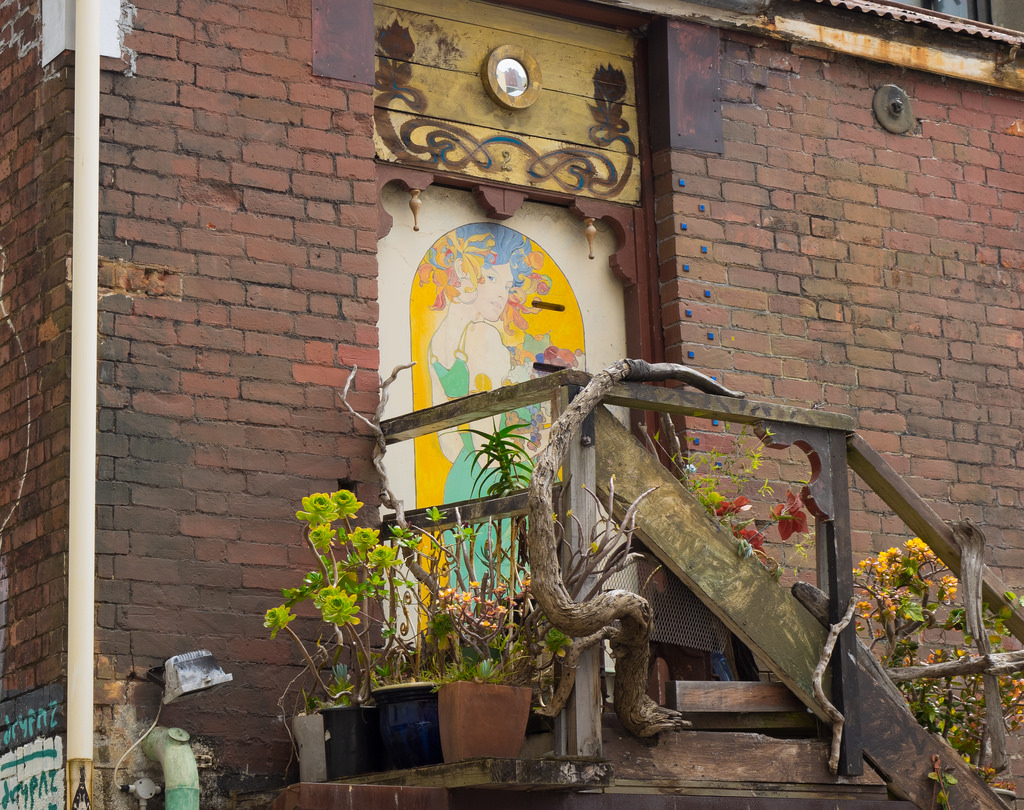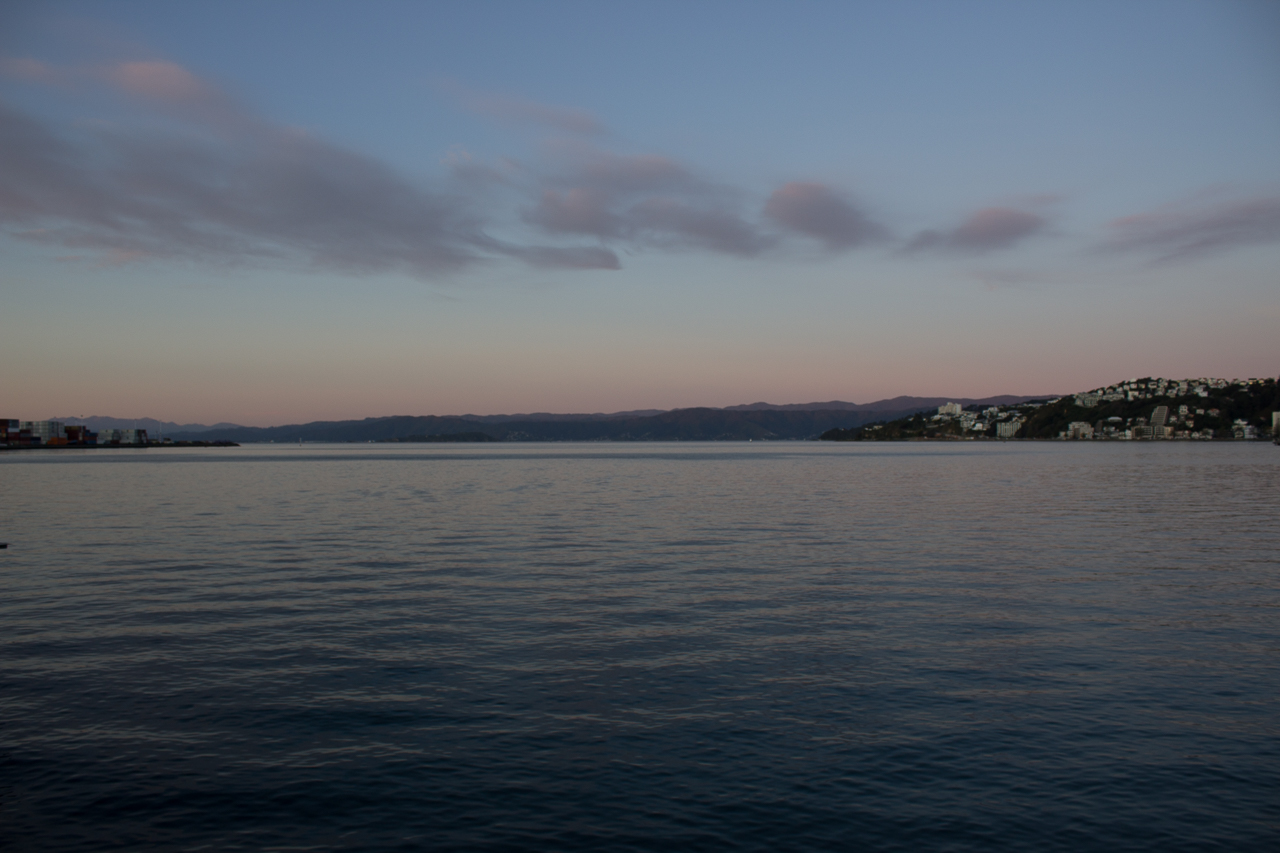

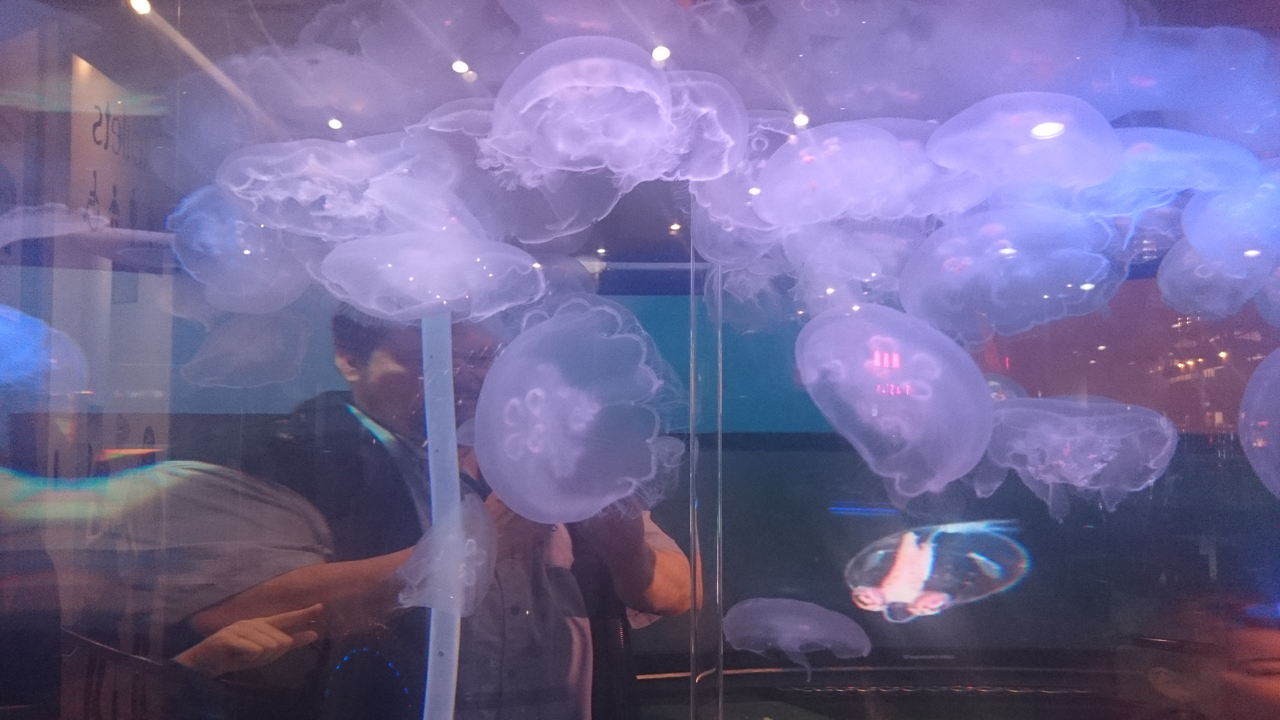
The Lux Festival decorated the waterfront and alleys for a few weeks, leaving a handful of its installations permanently in place; it made for a magical and wonderful evening with Maire and Ada:
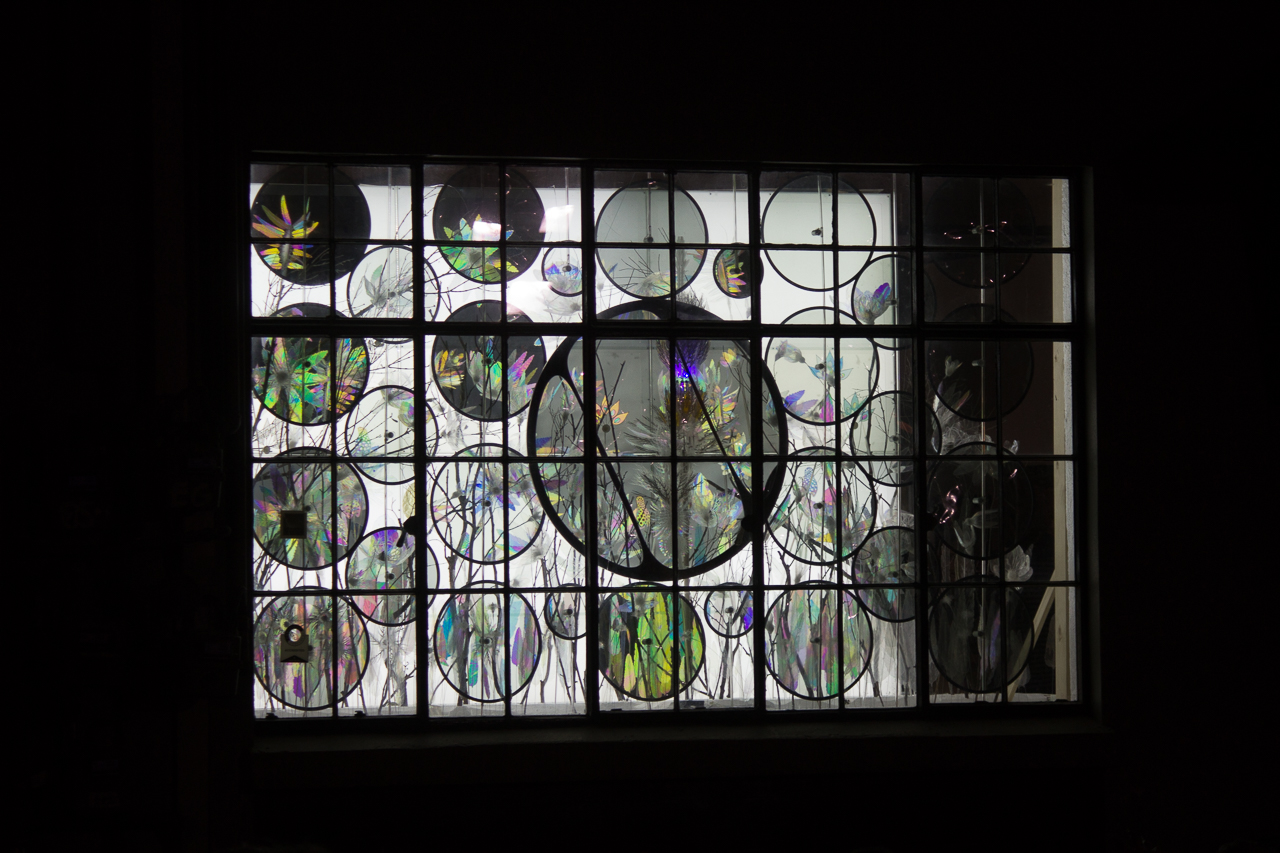
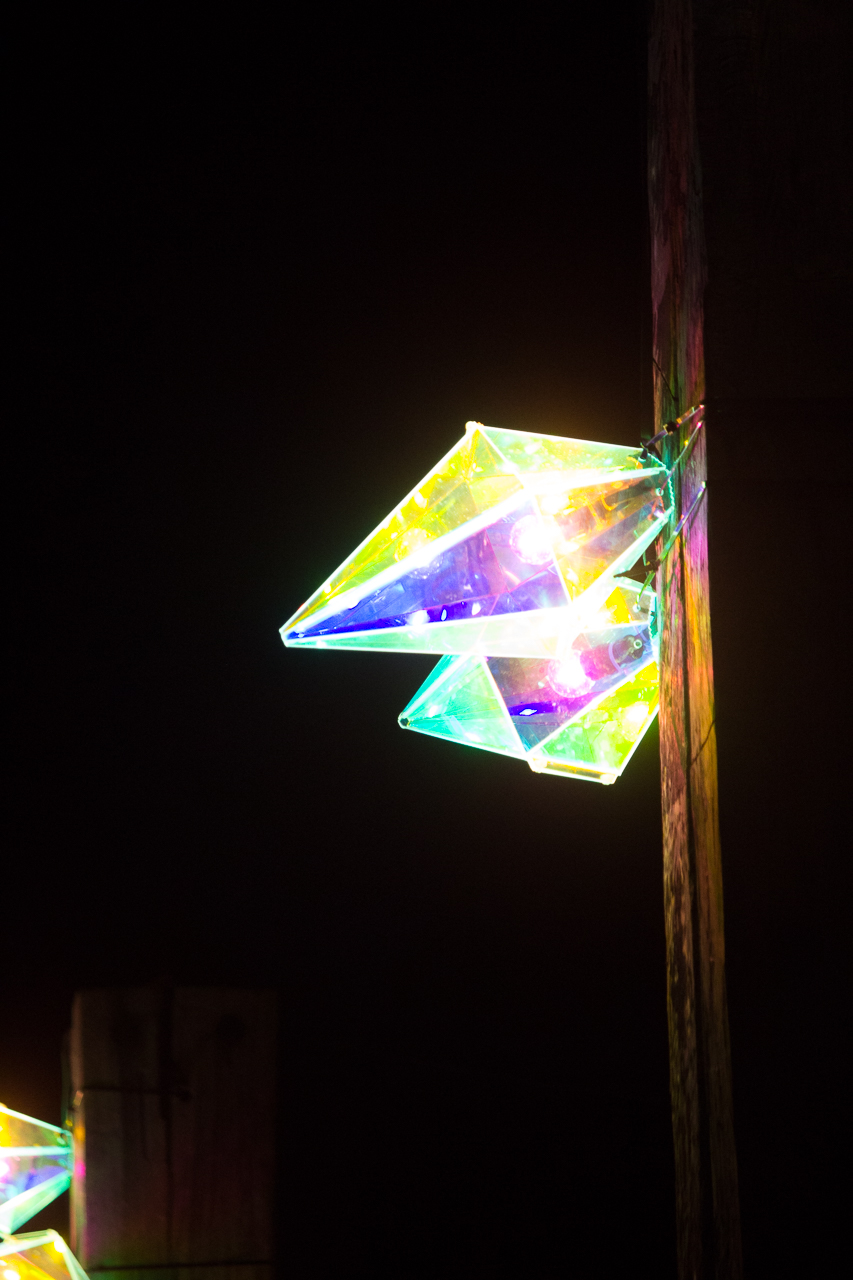
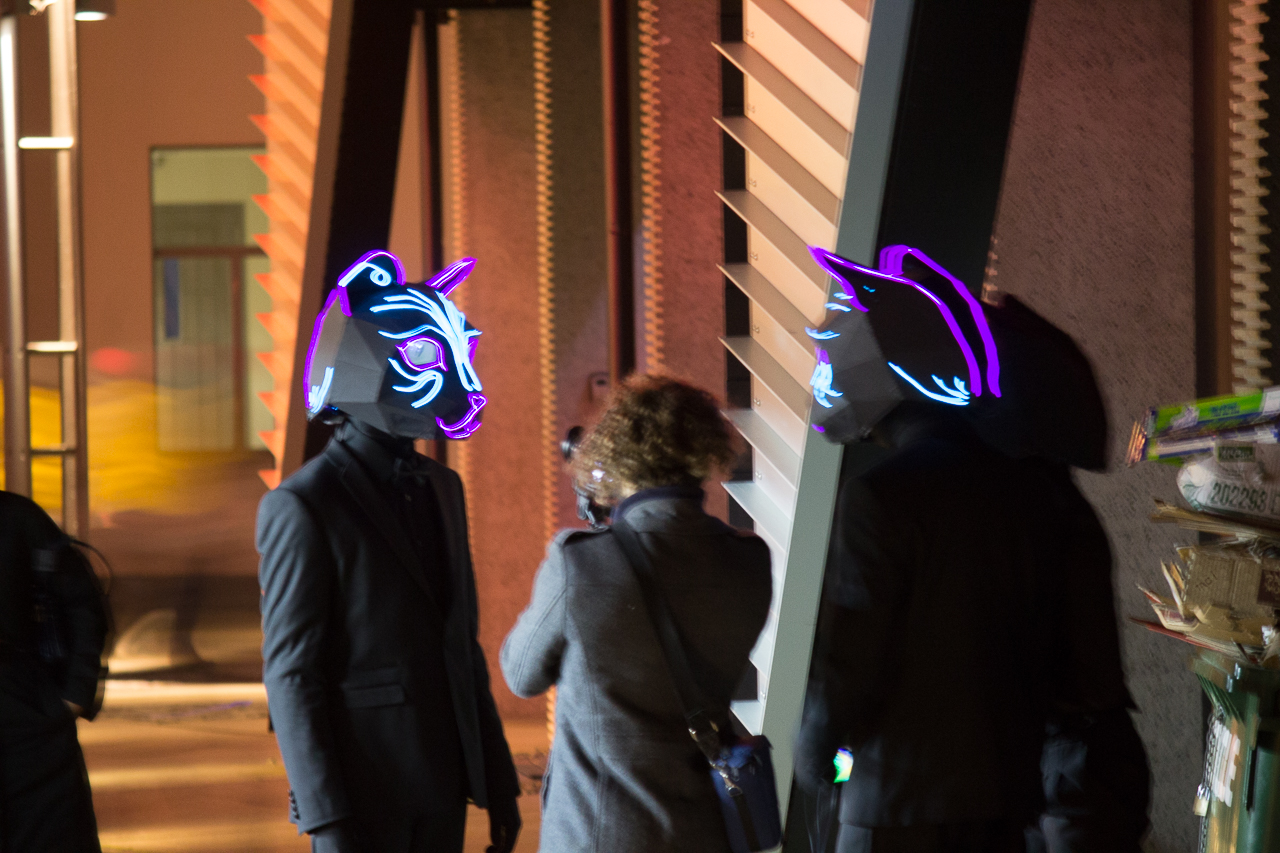
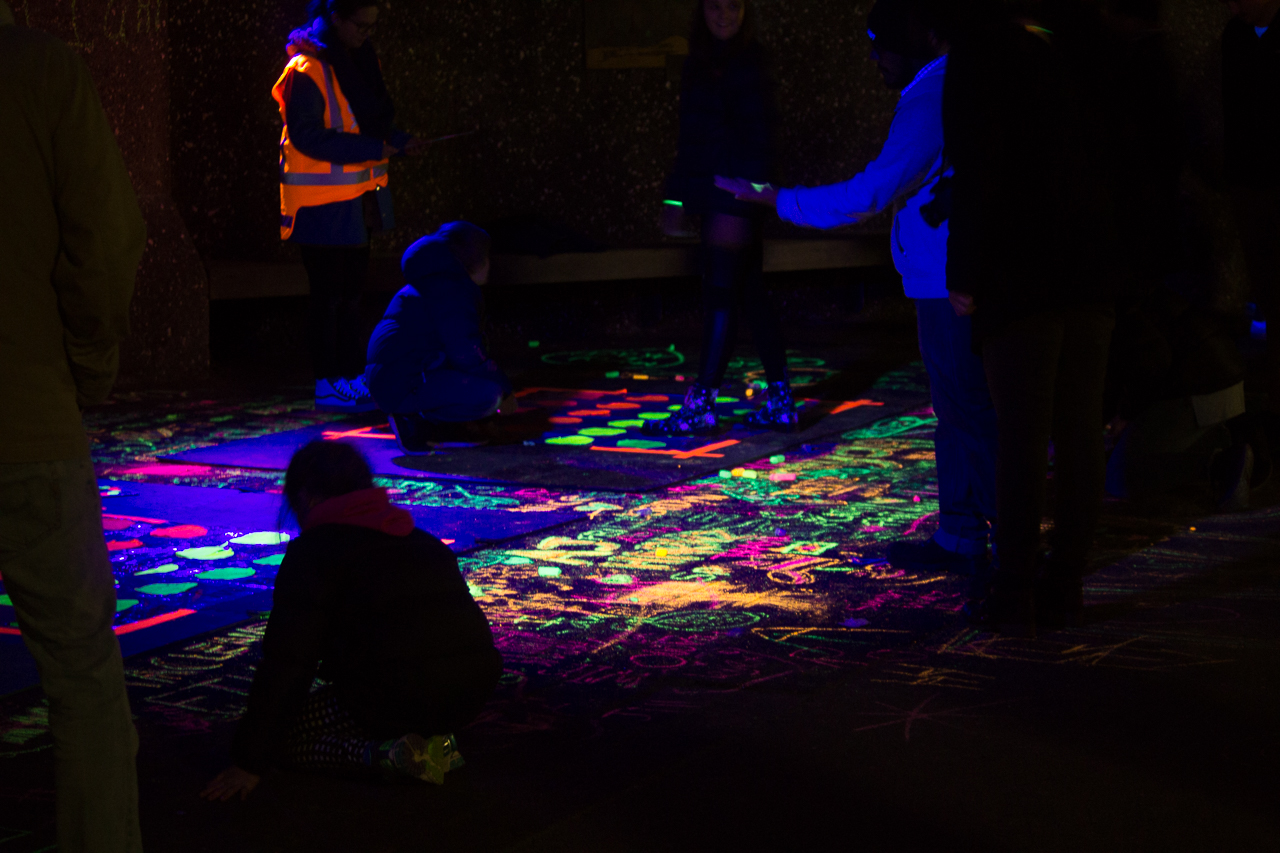
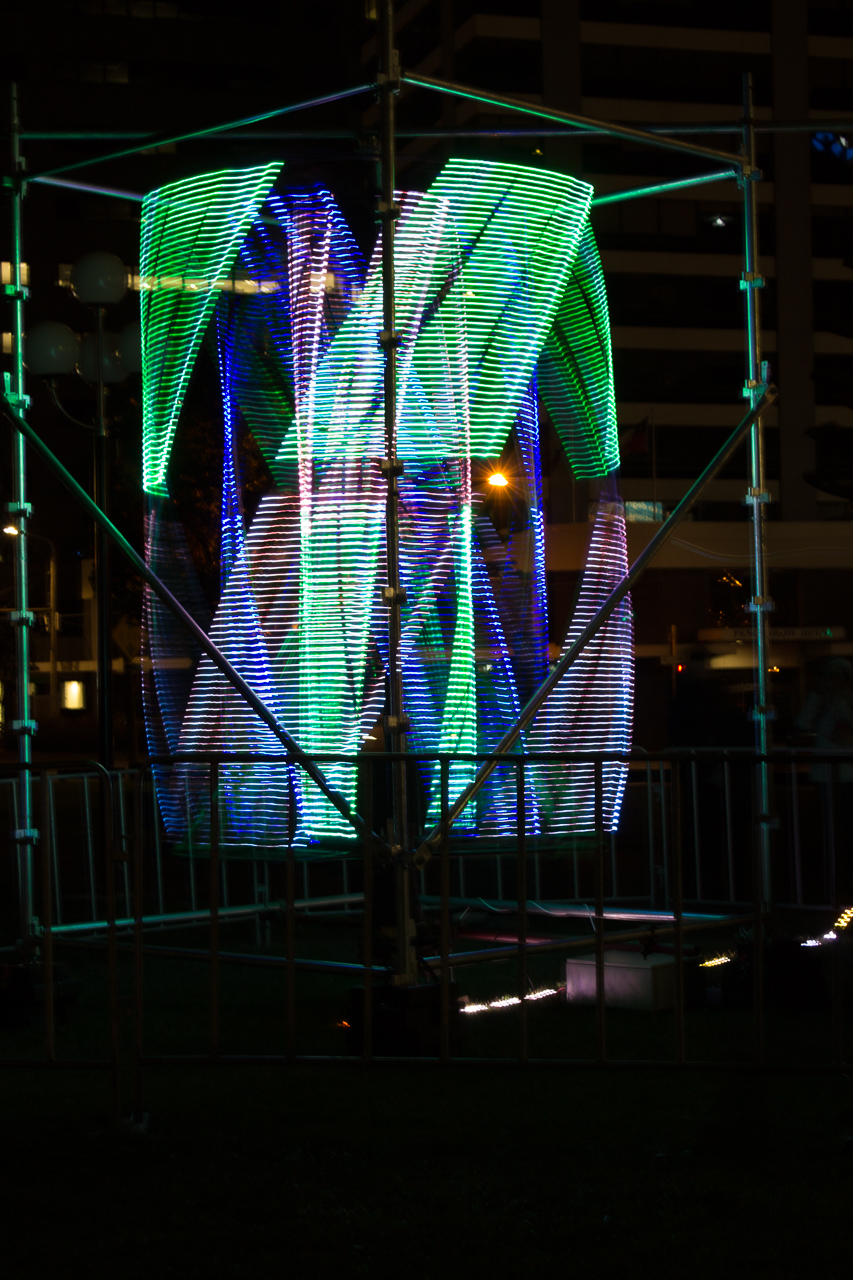
Cuba Street and Cuba Mall; part of the heart of Wellington for me. The space for people to hang out, perform, and be. And the bucket fountain retains its ability to fascinate children as much as it did for me when I was small.
Cuba Street isn’t what it was when I moved to Wellington; massive escalations in rent, stricter noise control and batteries of complaints (generated in proportion to the number of half-arsed soundproofed apartment buildings going up) have eroded a lot of the more oddball businesses that you could find, particularly toward the southern end of the street. The farcical shared space at the north end of Cuba Mall, and the loss of Manners Mall haven’t helped either. On the other hand, Southern Cross has gone from being a dodgy pub where they banned glass drinking vessels to a place that mixes live music in the evening with a hugely family-friendly space during the mornings.
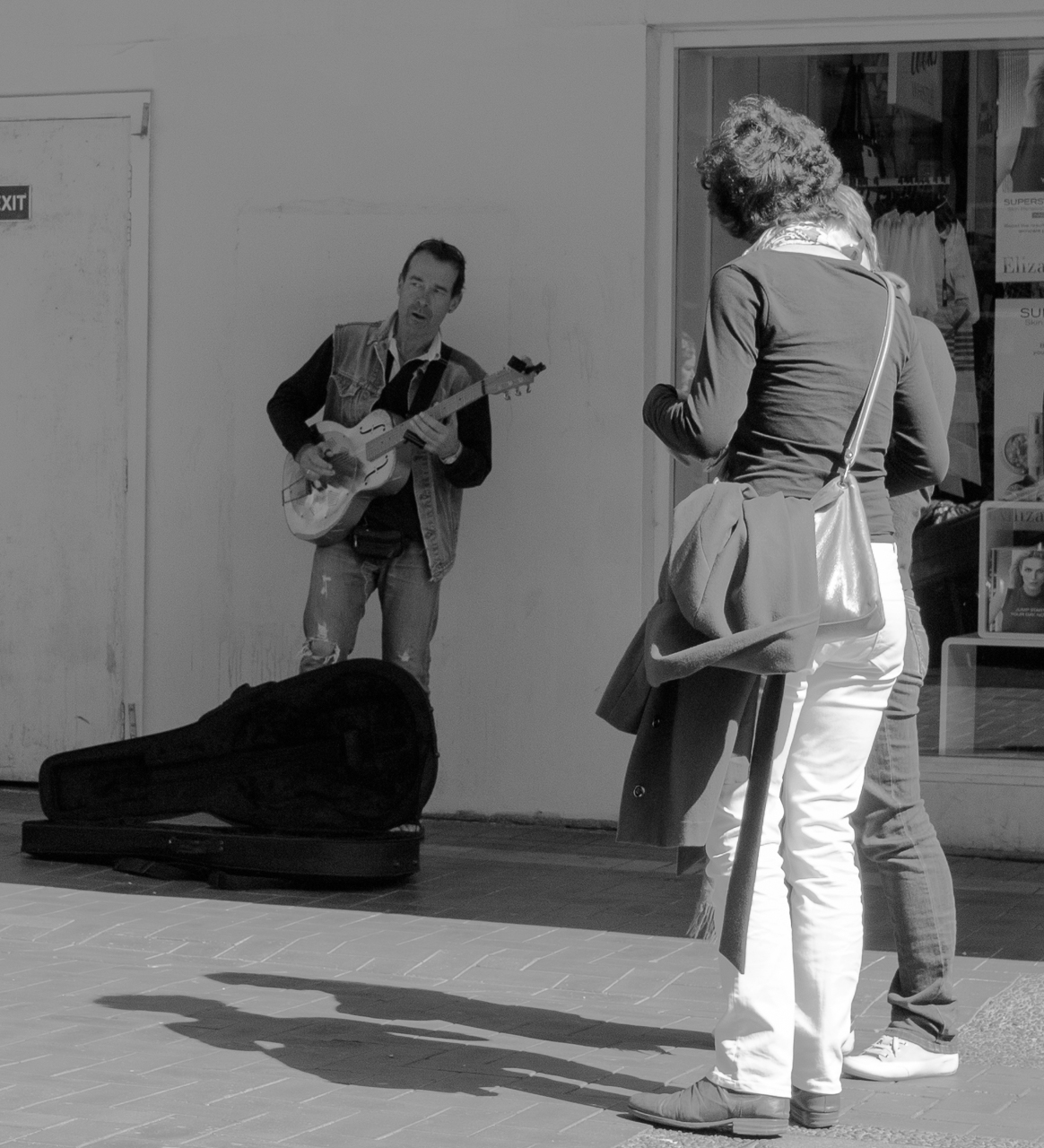
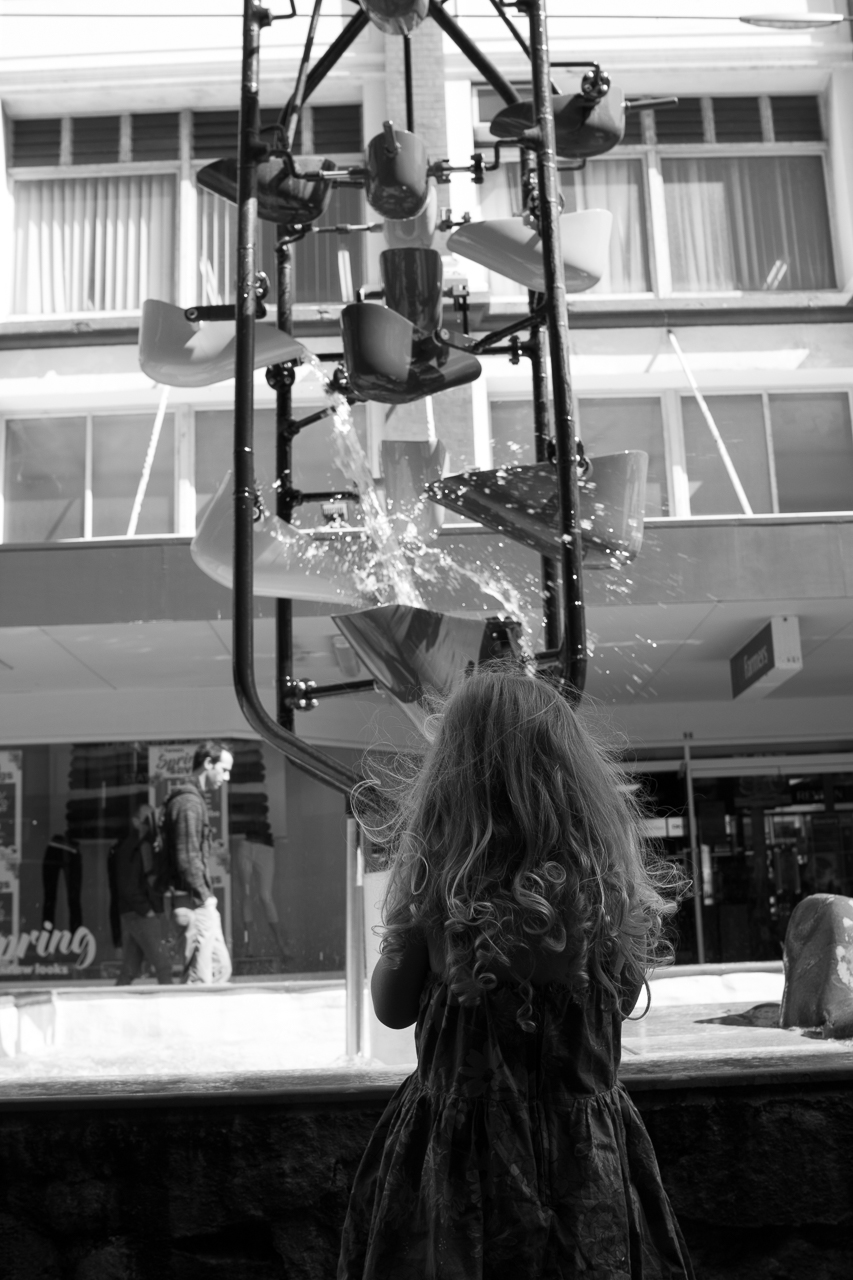
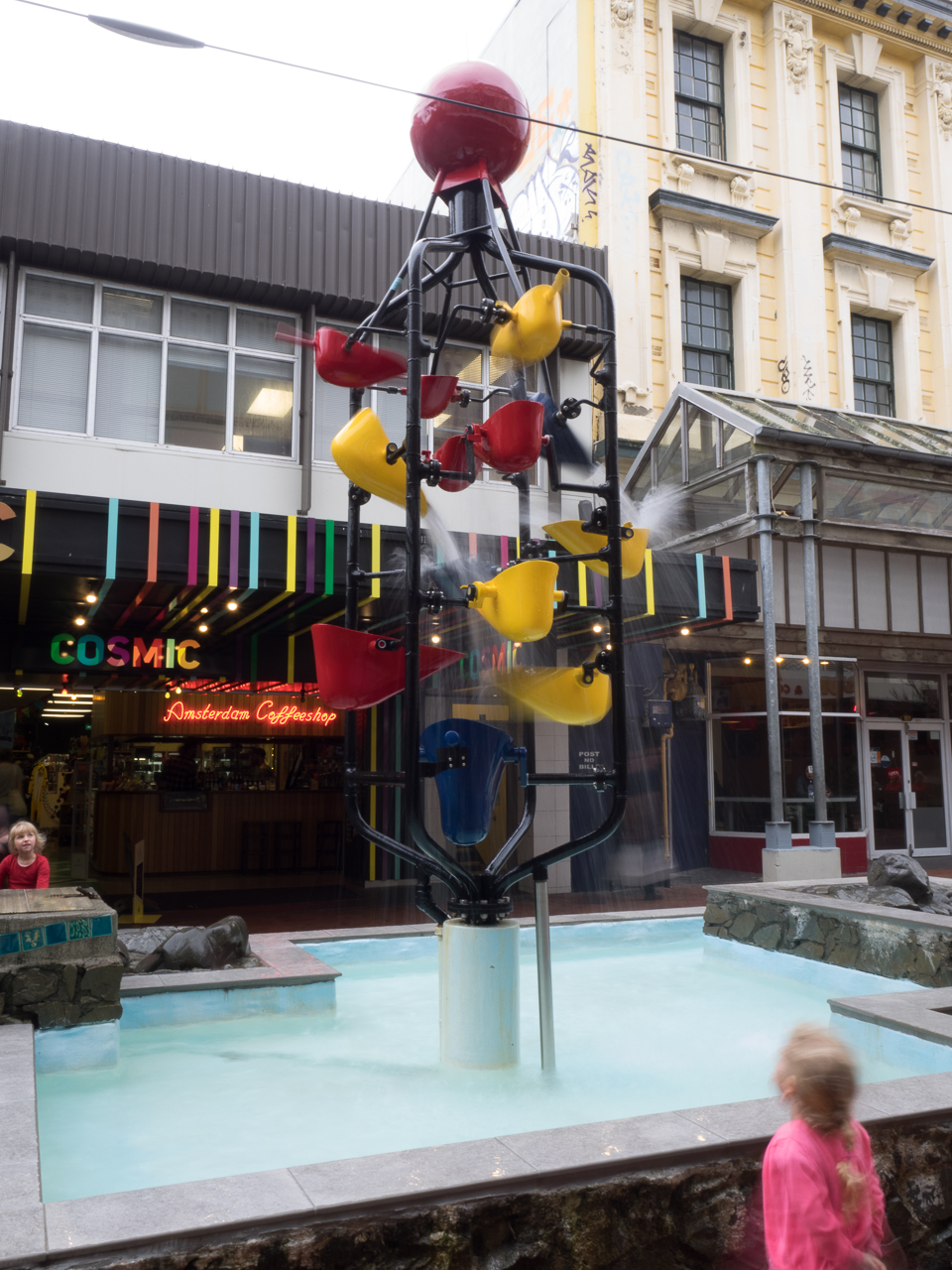
During December the council ran an advent… easter egg hunt? Competition? I never saw what was in these boxes, but they were pretty and scattered about the place.
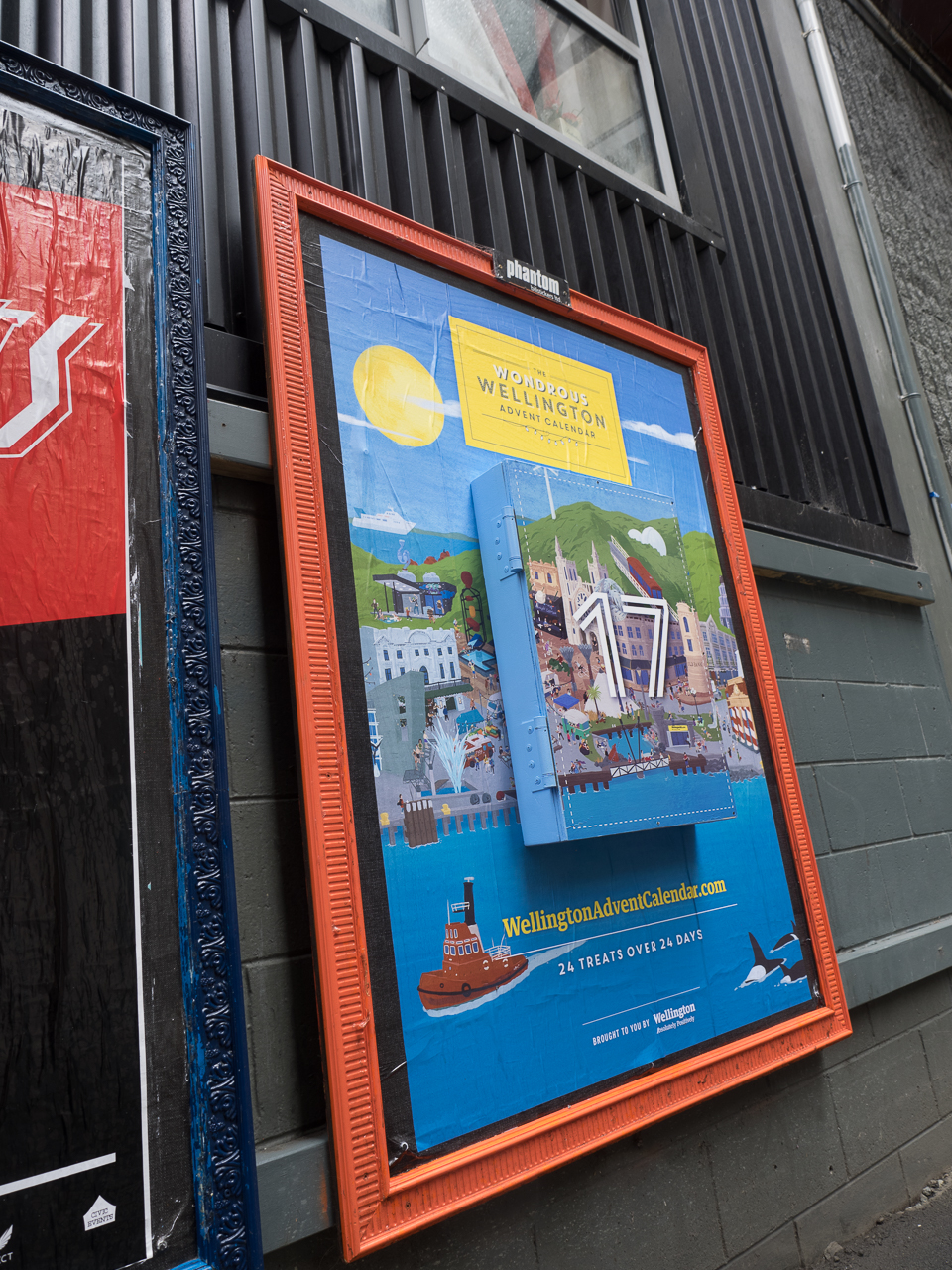
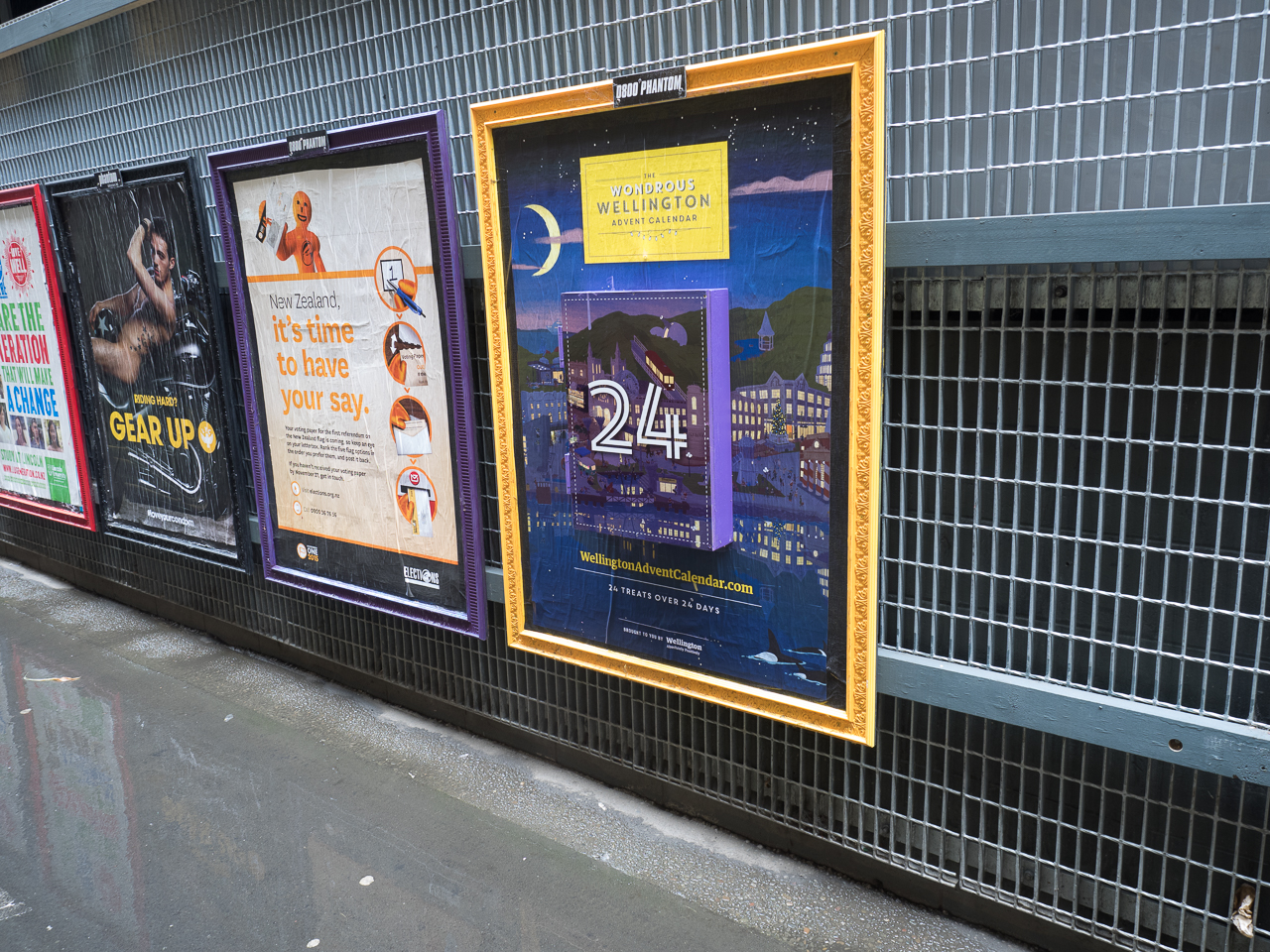
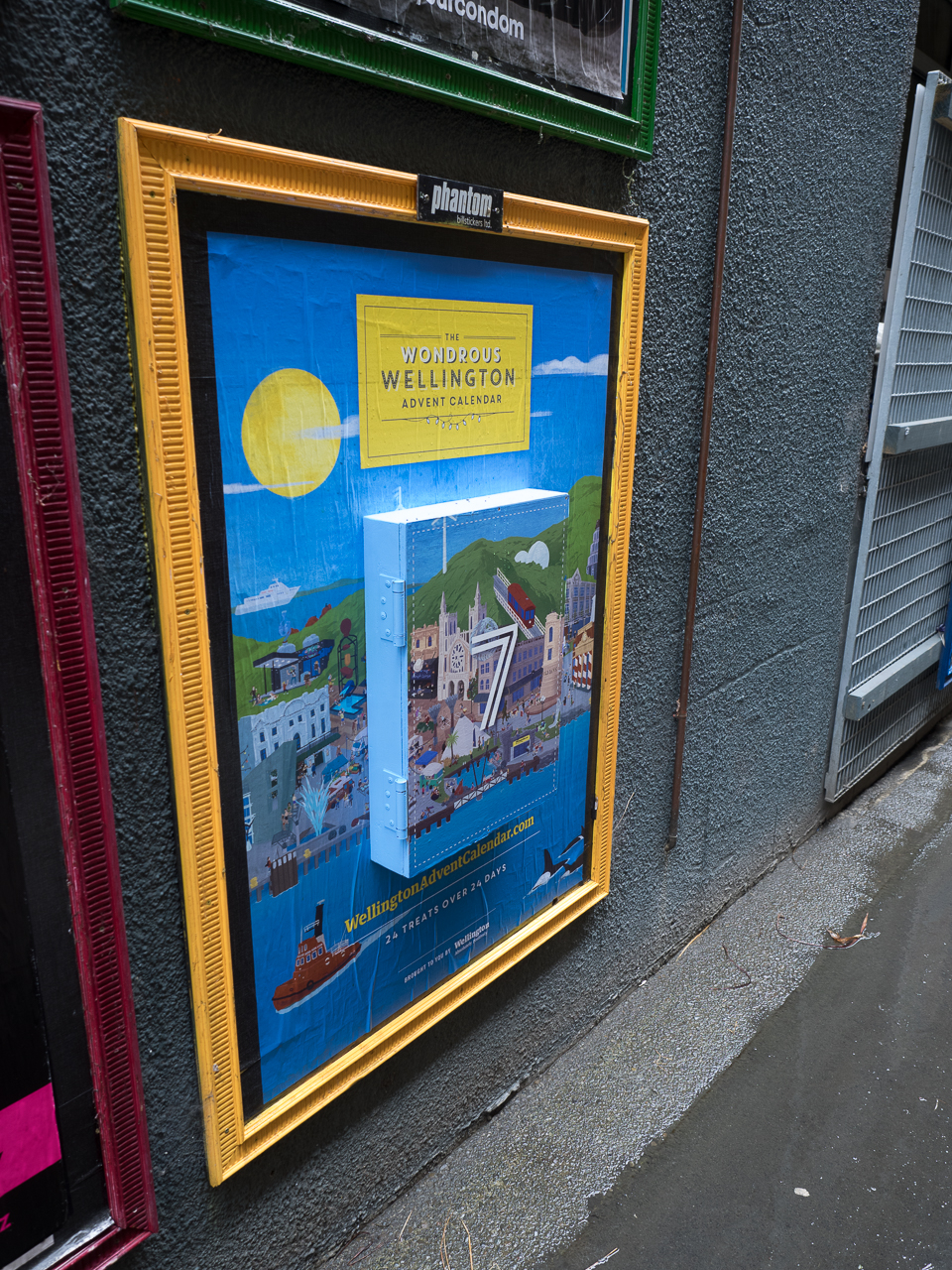
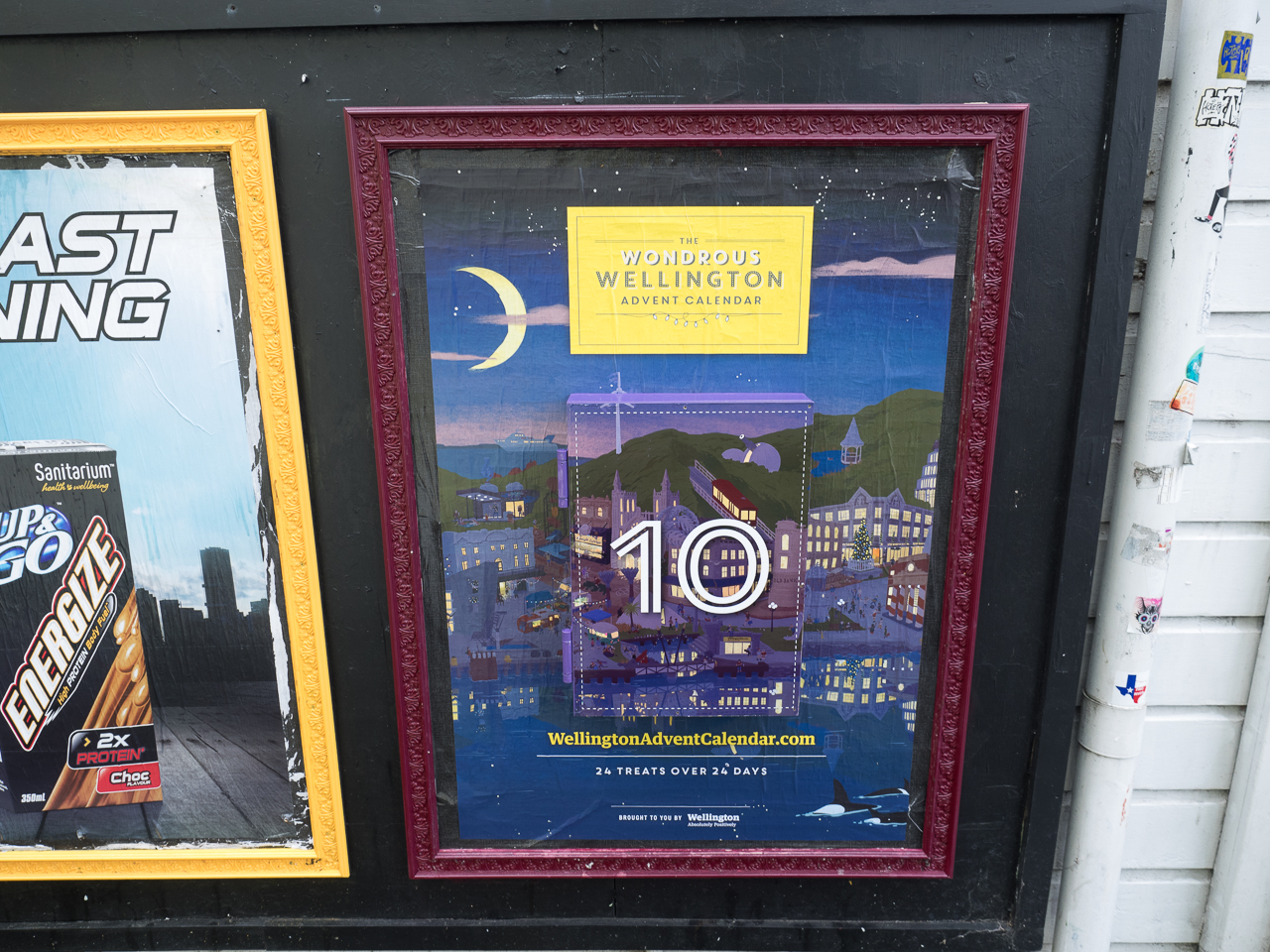
Oriental Parade has two personalities: on the one hand it has the most spectacular and absurd housing prices to be found outside a select few parts of Auckland. Multi-million dollar apartments are the norm, with a smattering of holdouts who prefer their house to the profit of a high-rise. And, of course, the Royal Port Nicholson Yacht Club, whose berths could be exchanged for the price of a decent house elsewhere in the city.
But the other side of Oriental Parade is a destination for half the city on a sunny day; even if wind whips the warmth out of the sun there will be a few hardy souls brazening it out in bikinis. Freyberg pool is a public institution, and the kids’ park beside it is nearly always in use. People from the ragged to the well-heeled fish off the parade, or the rocks beside it, and the cafes are the standard Wellington come one, come all affairs.
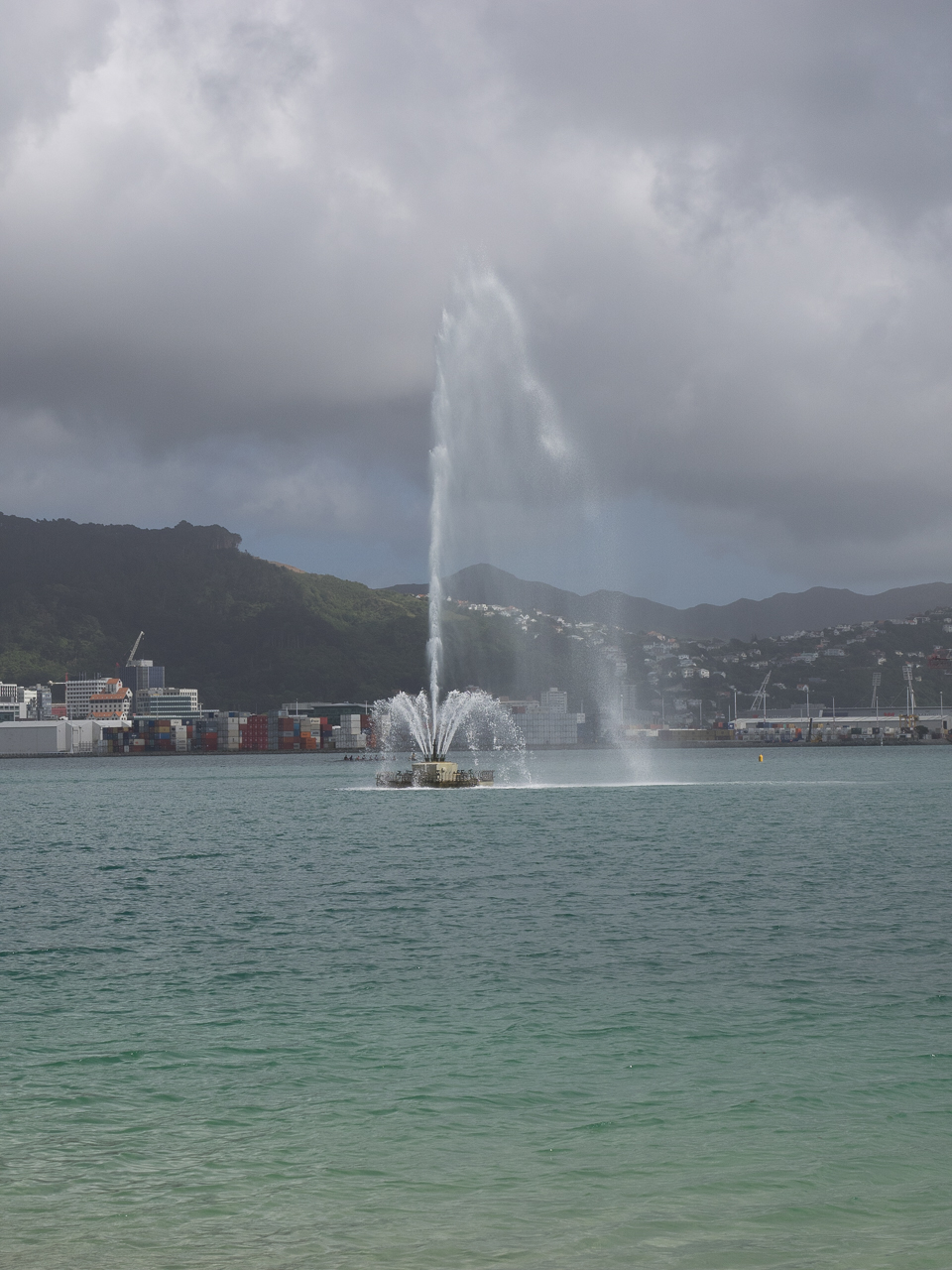
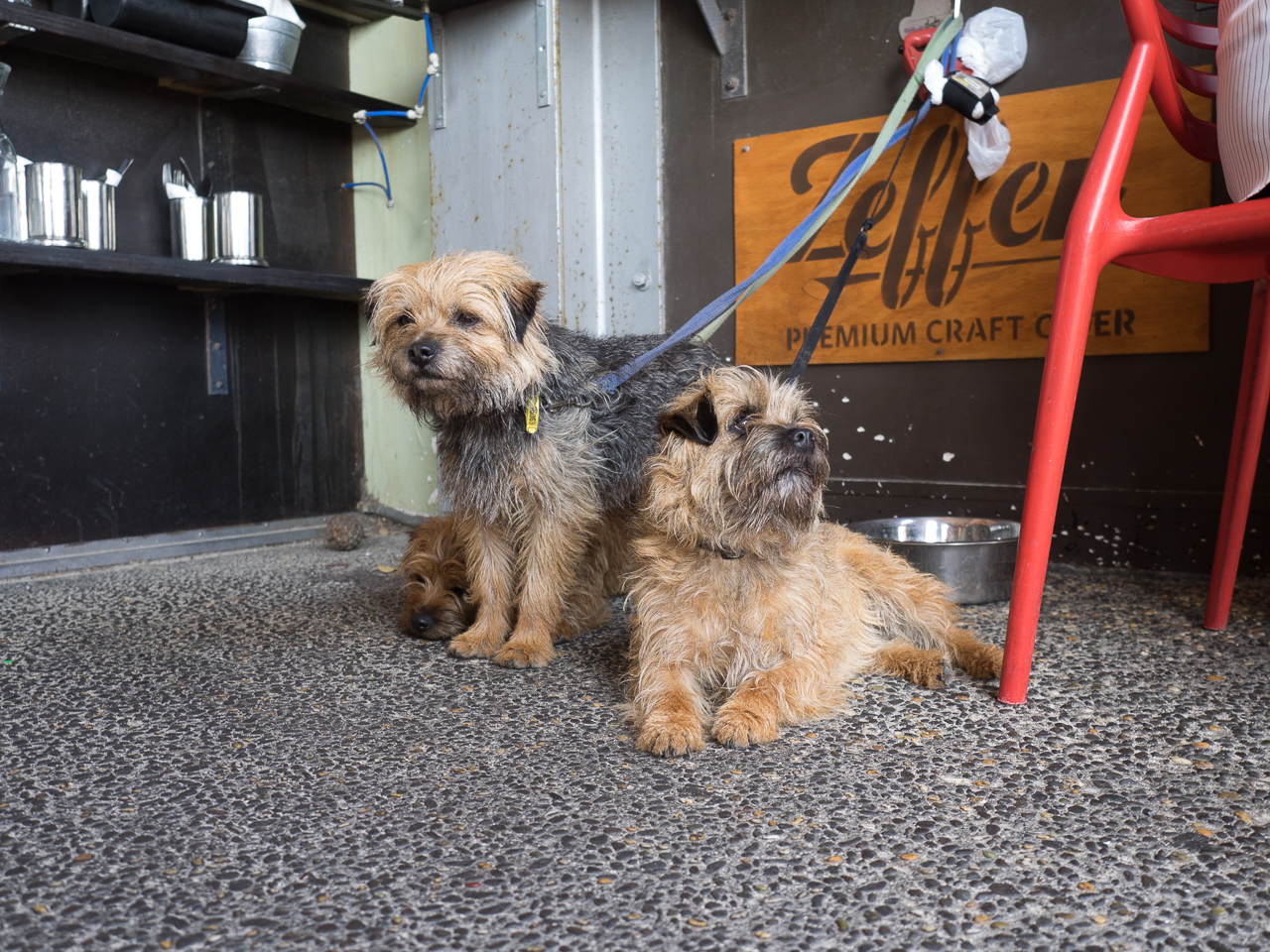
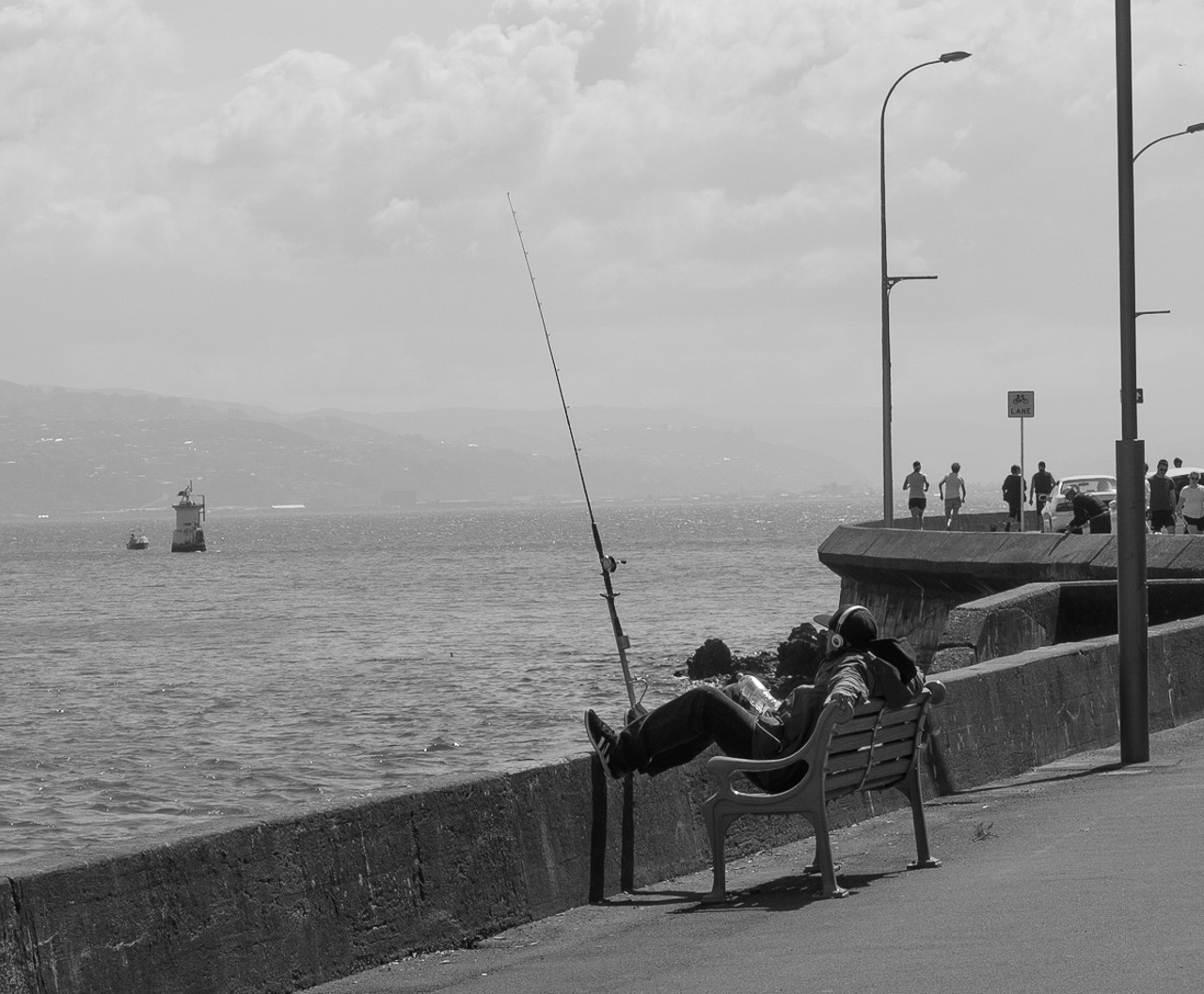
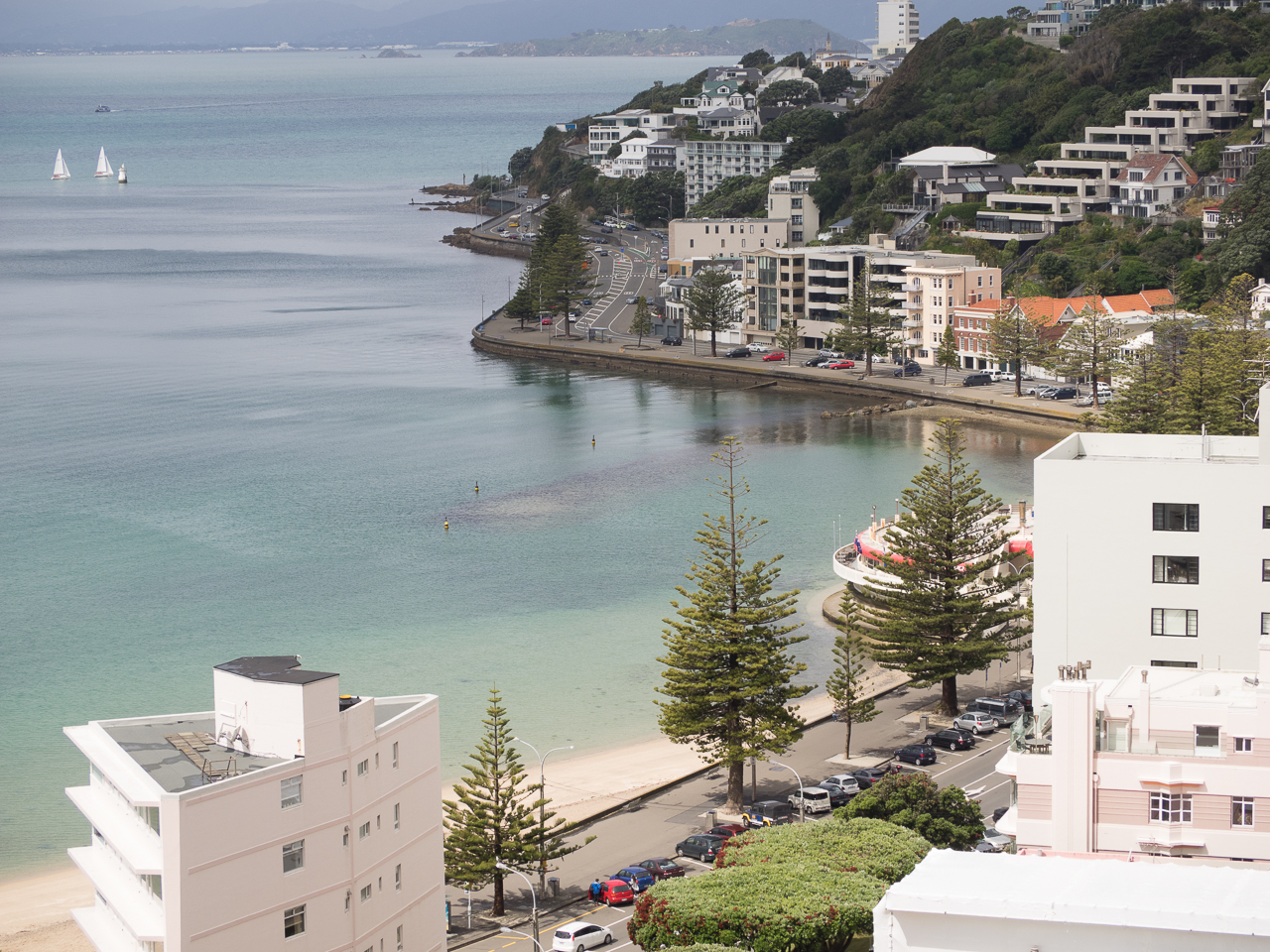
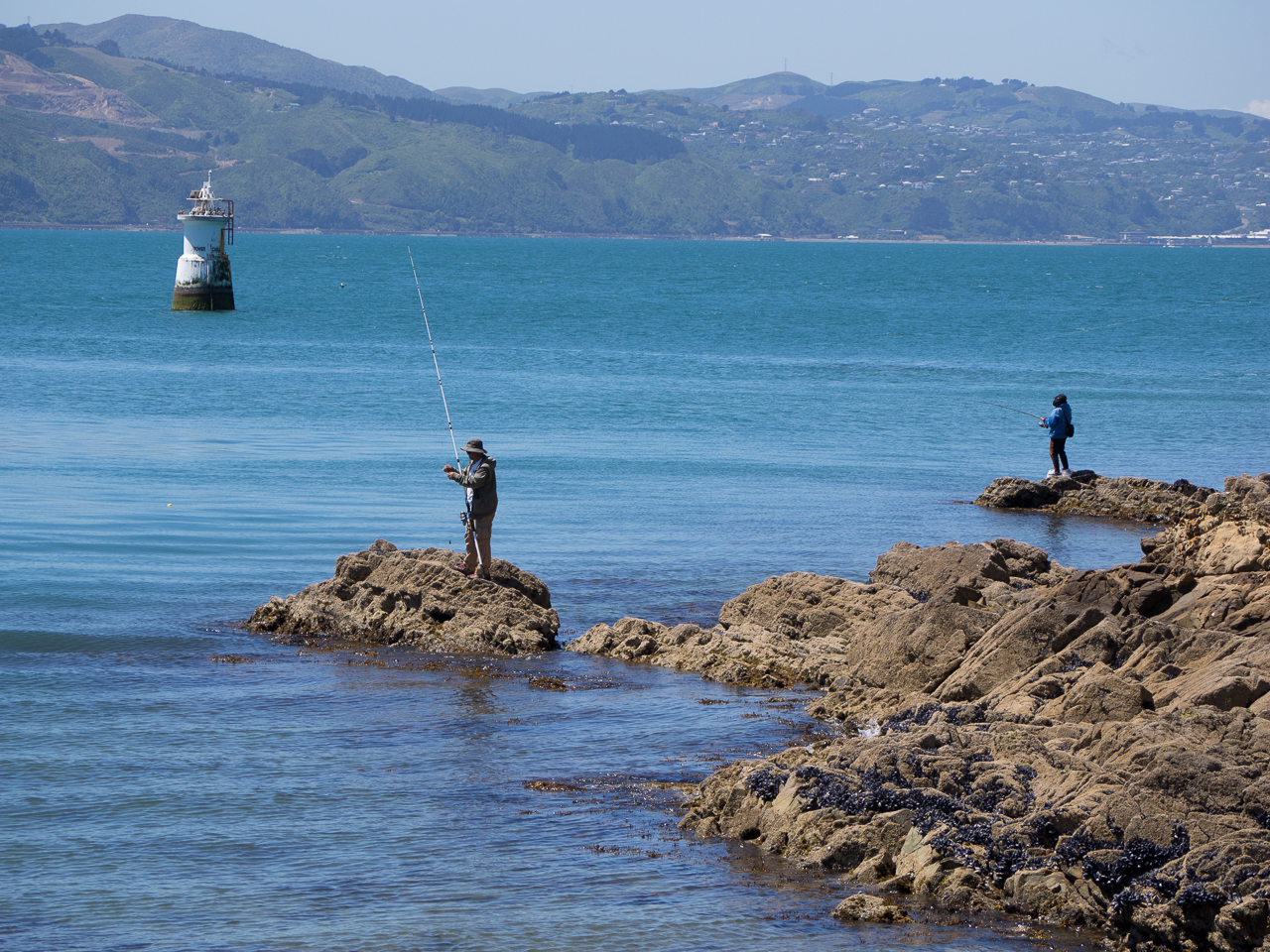
The South Coast: from Hataitai, I overlook the part of the south coast of Wellington that is dominated by the airport, Evans Bay, and the Miramar peninsular, but the different aspects of the coastal view can be seen from many of the southern suburbs. Staring over Cook Straight, dead south to Antarctica, it’s the scene of vivid sunrises and sunsets, bitter storms, and a general sense that Wellington sits almost at the end of the world.

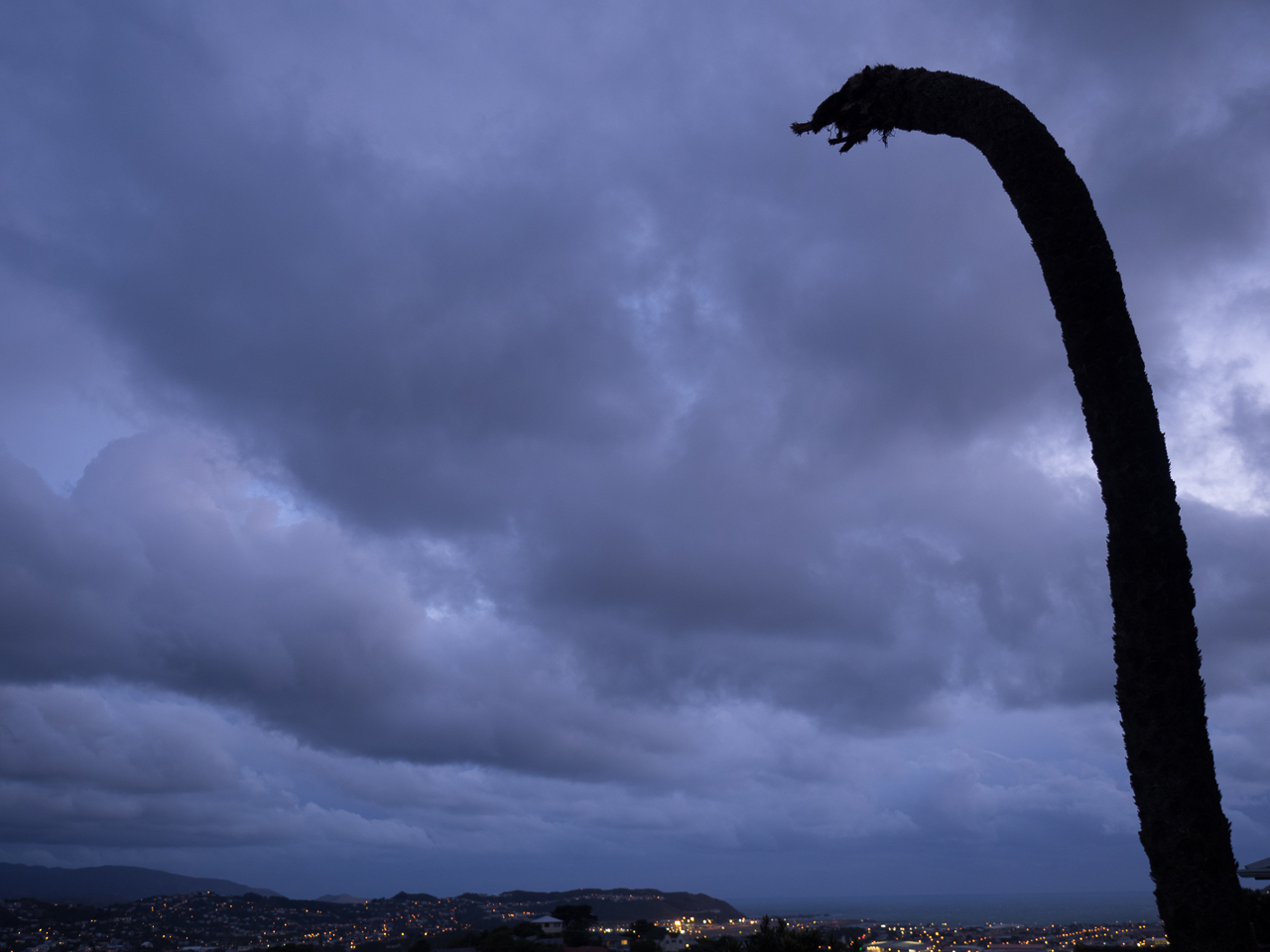
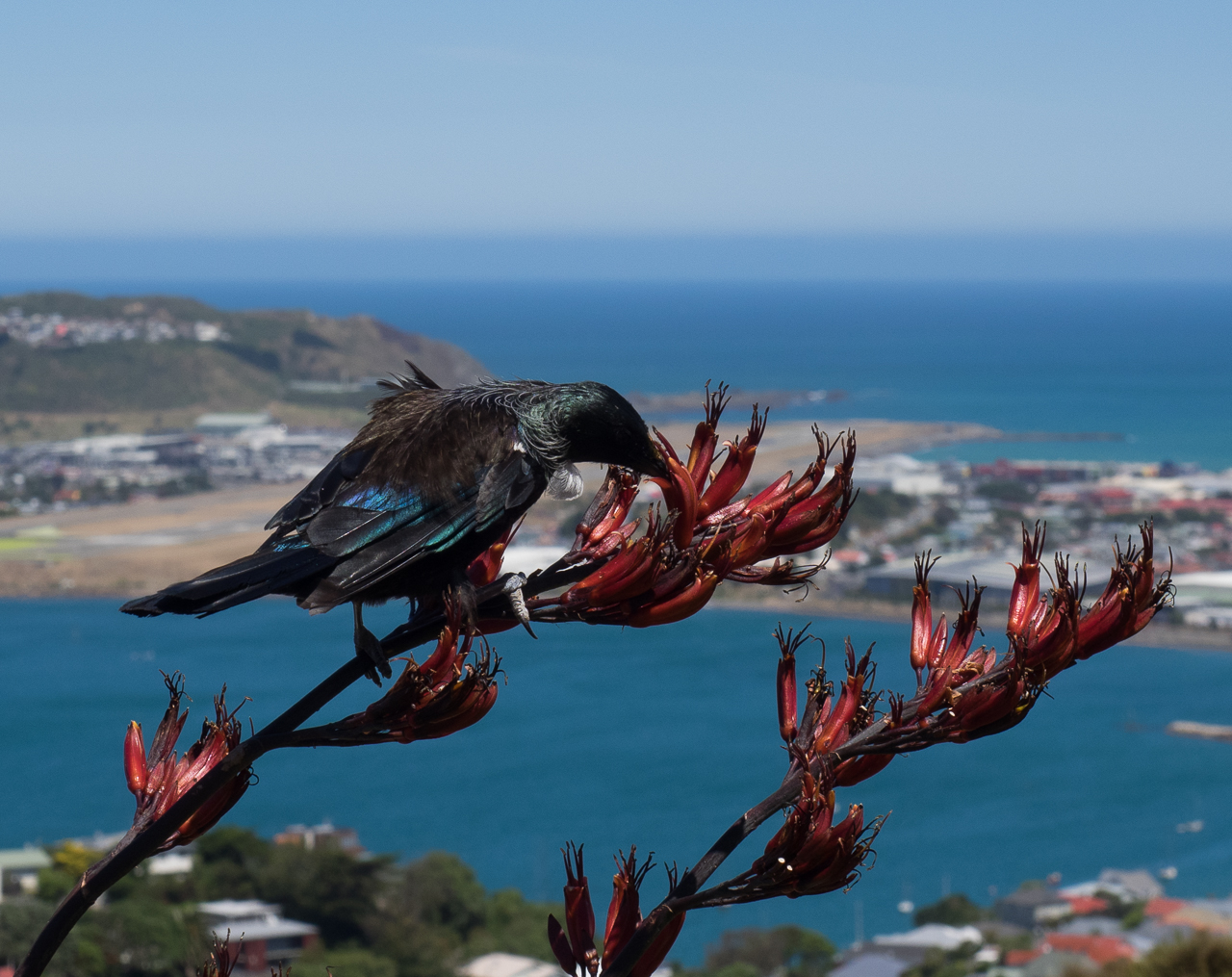
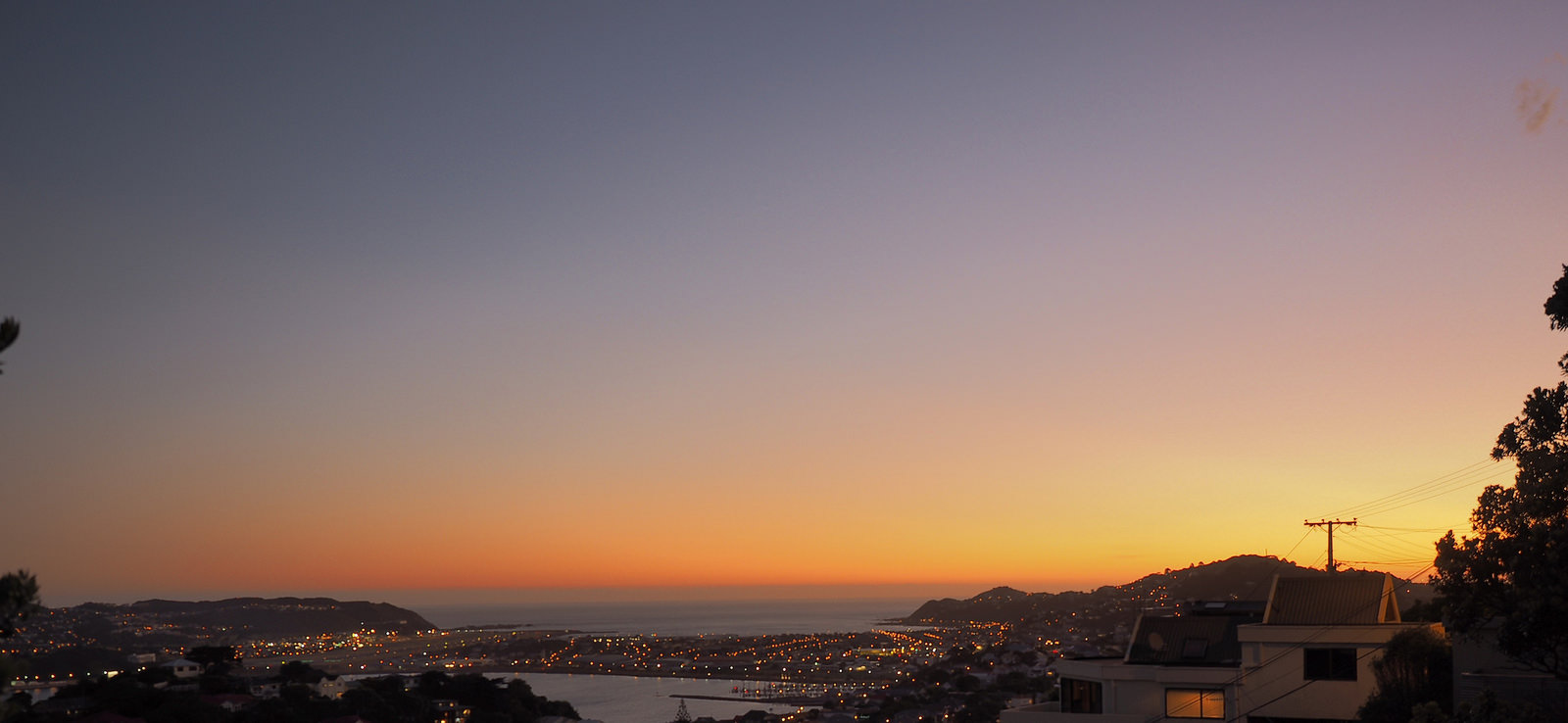
Like Oriental Bay, Newtown is split between two selves: for the first decade and a half of my time here it was known mainly for being poor as hell. People would claim to be from unofficial neighbourhoods adjacent to Newtown rather than have an address there; everything was rundown, even the hospital - where the student nurses quarters were indistinguishable from Soviet architecture gone to seed. That wasn’t the whole of it, of course, and never was. For one, there were things you could get there you wouldn’t see elsewhere in Wellington city proper, like the grocery store specialising in Samoan foods, or the Halal butcher selling goat; for another, if you didn’t mind the reputation it was always a bargain to live there.
Over the past decade, though, Newtown has been getting richer as people forced out of the traditional entry points to Wellington - Mount Cook, Aro Valley, what have you - haave migrated out, some to Petone (now itself pretty flash), and some to Newtown. This creates a mix pretty much as you’d expect, a story told the world over.
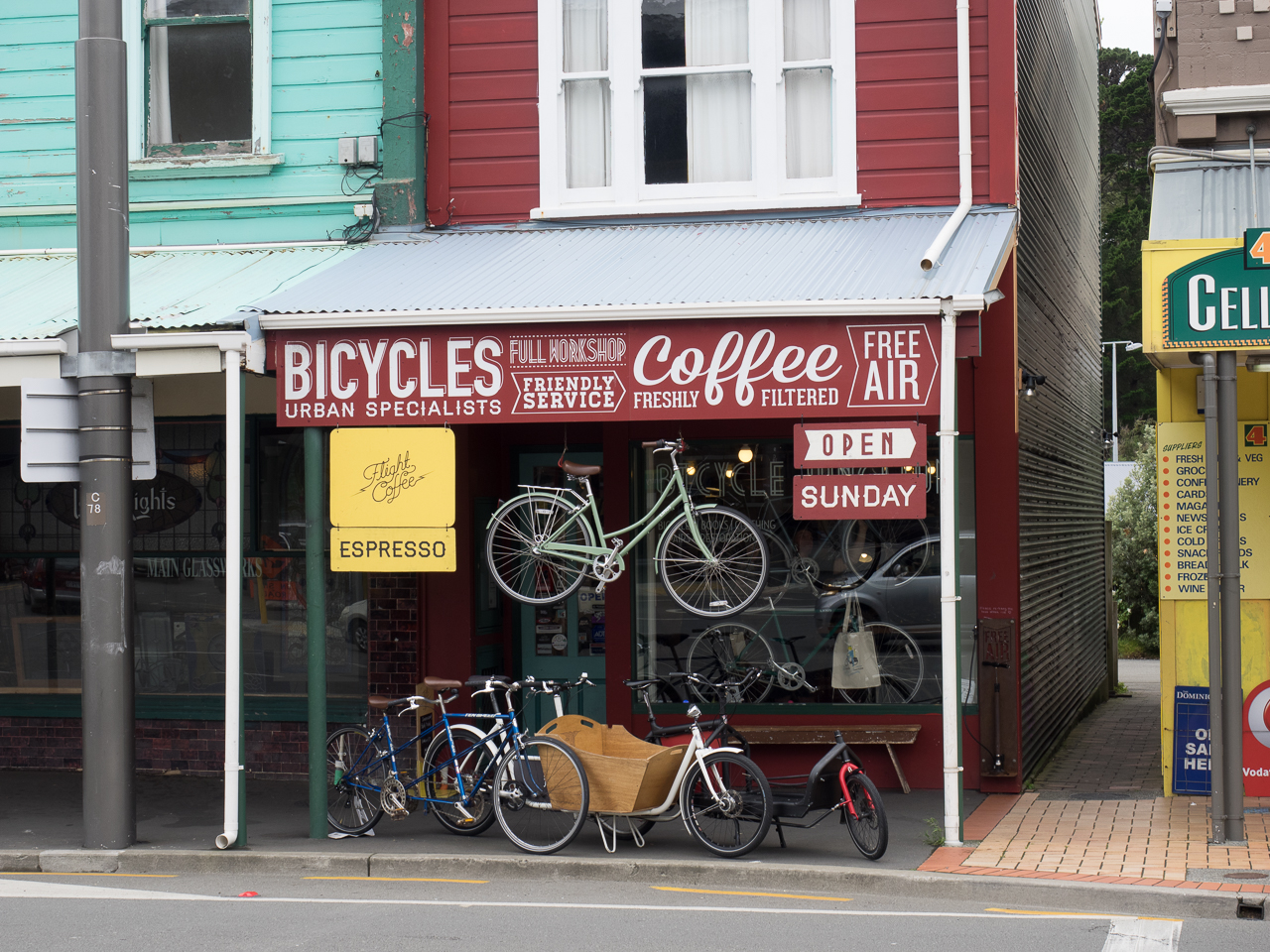
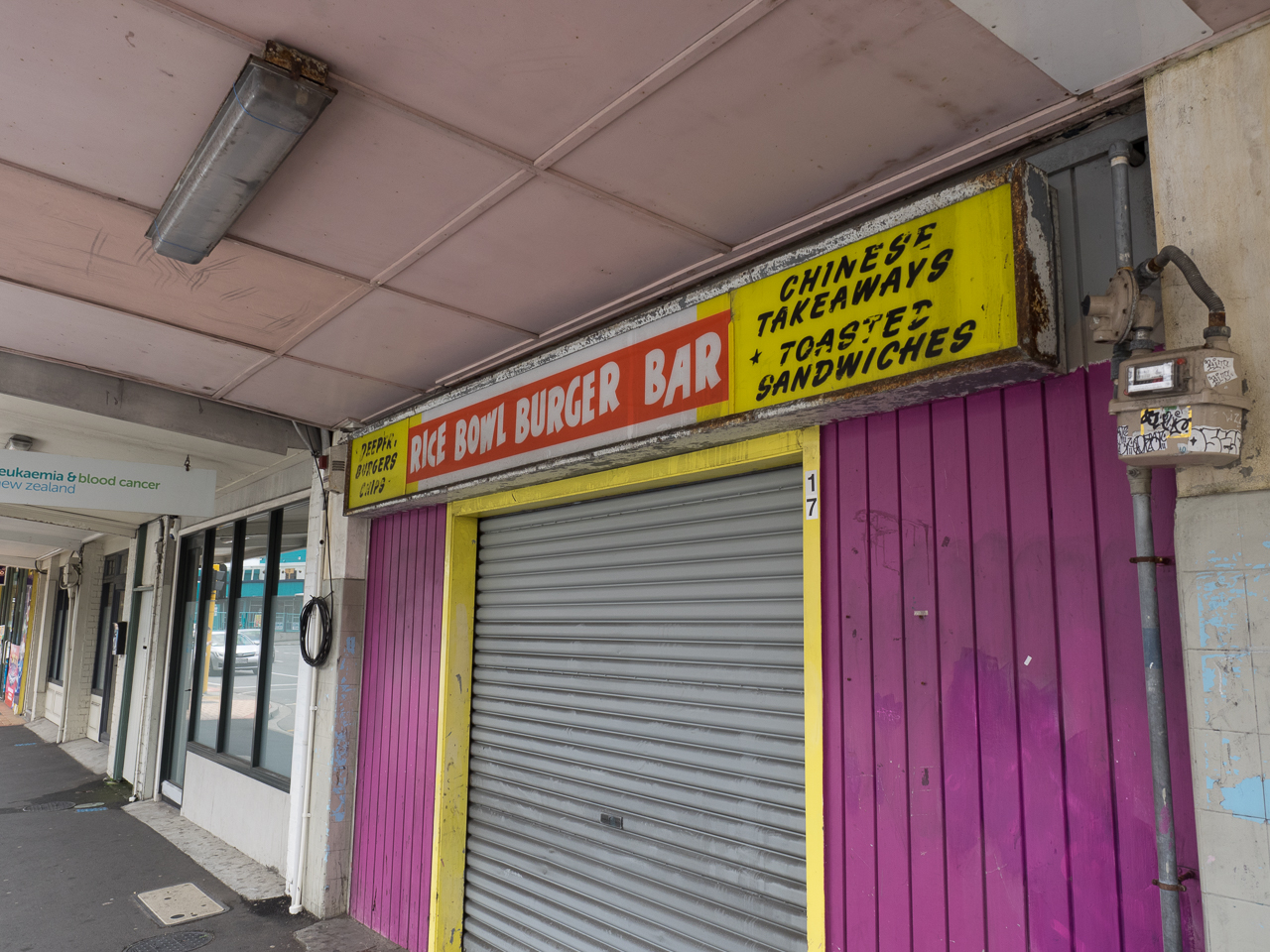
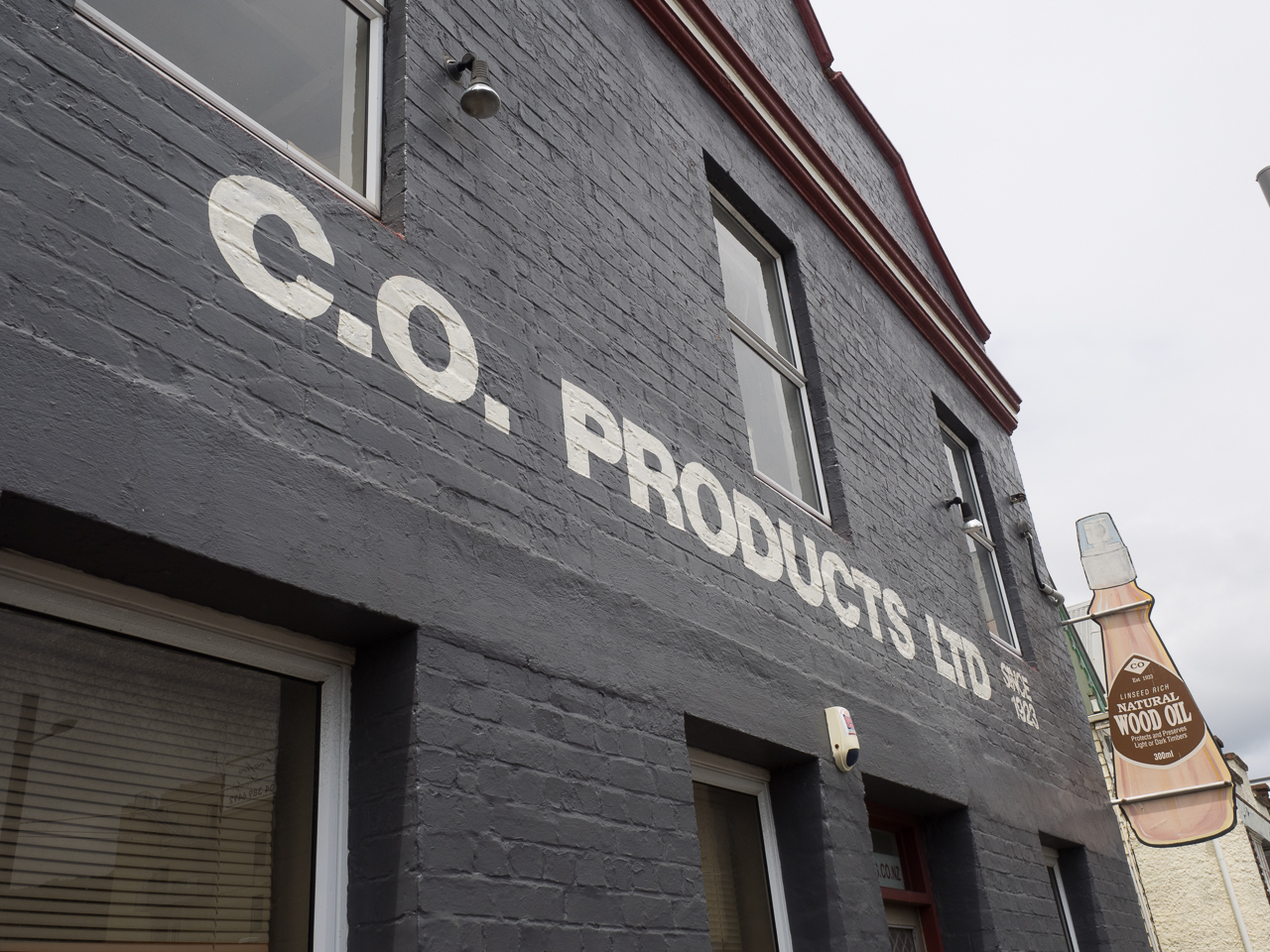
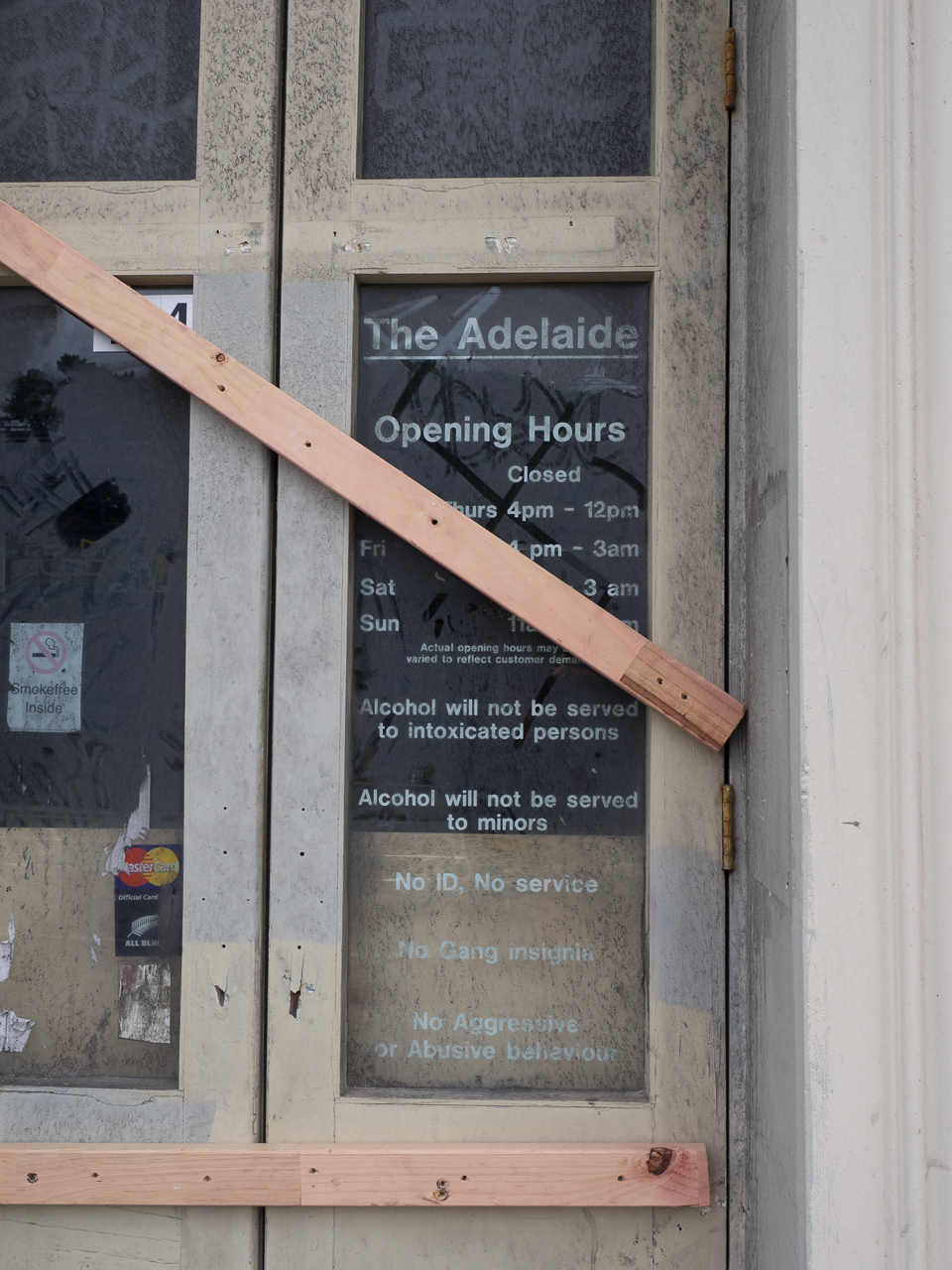
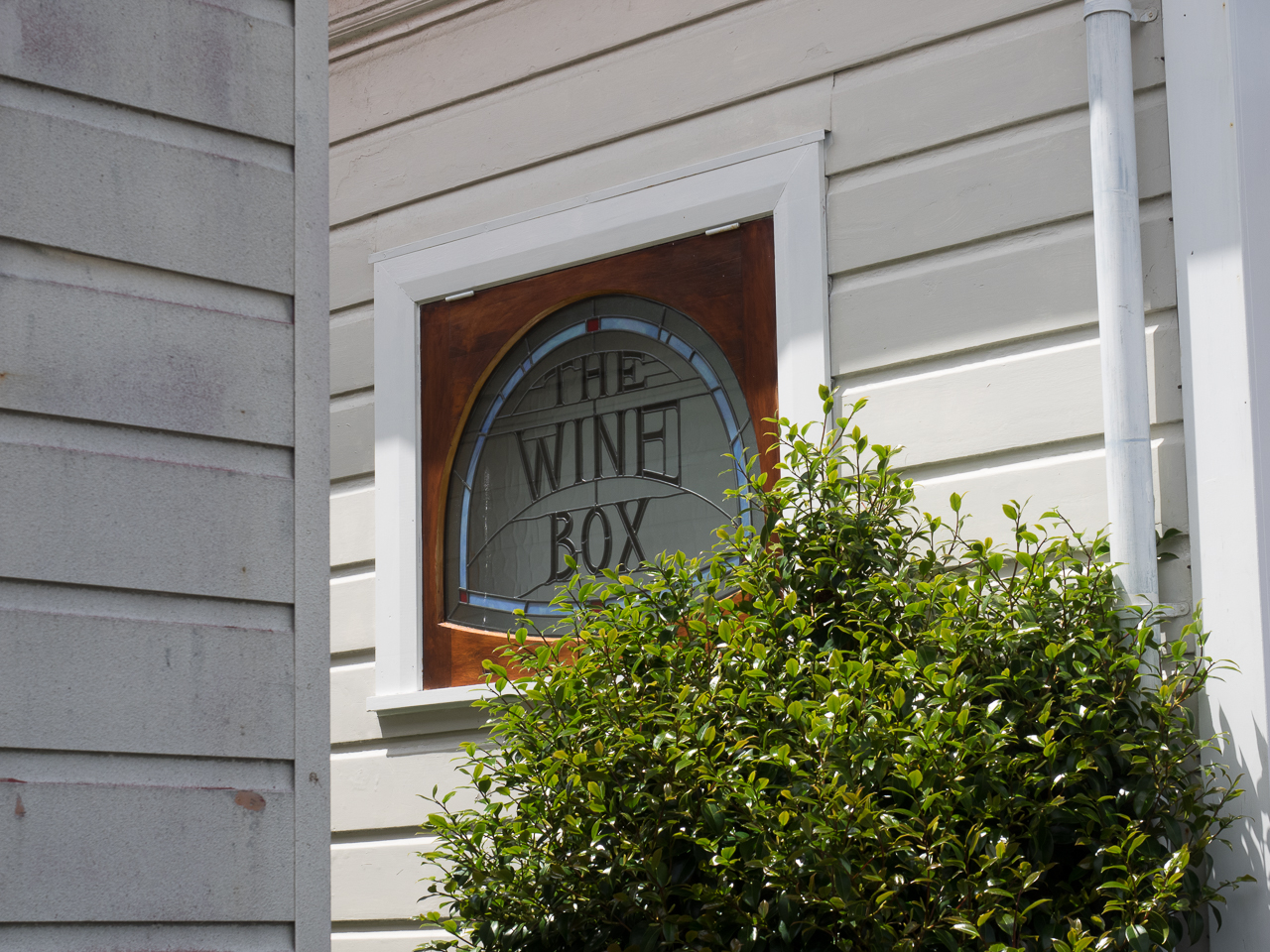
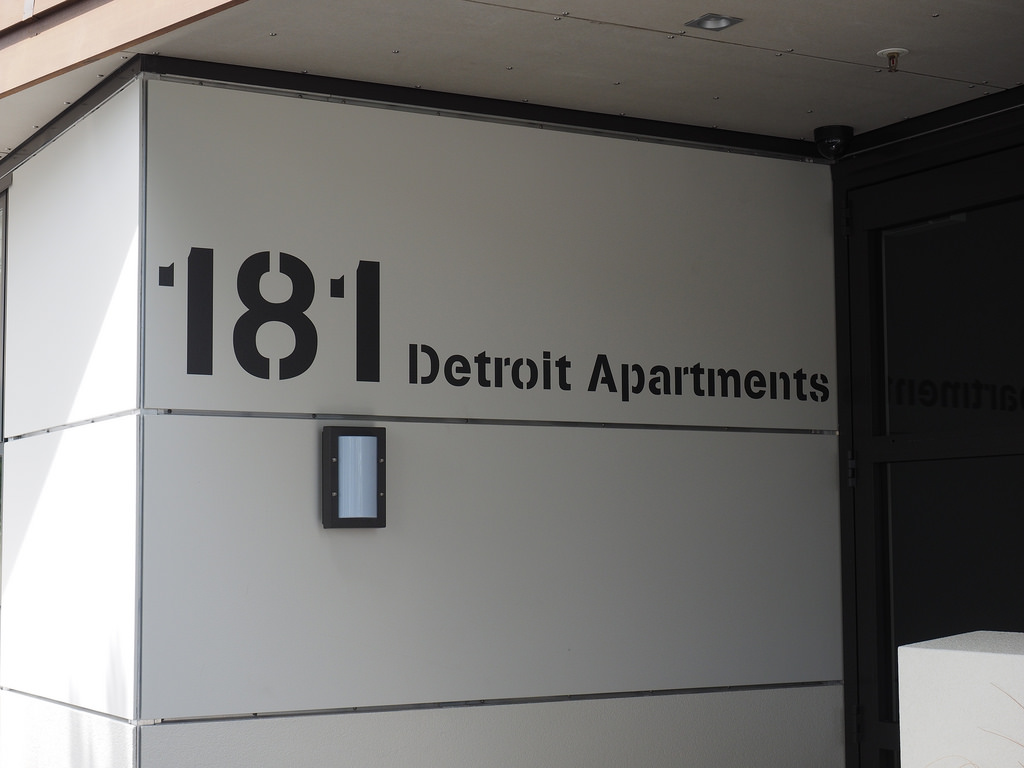
Before it was Te Aro Park, it was pigeon park. Before Zealandia started flinging Kaka into the Western suburbs, there were pigeons. Before the new Supreme Court was built, the small, wind-swept park it replaced was inhabited mostly by northern CBD workers trying to avoid having their lunch blown away… or eaten by pigeons. When you try to feed the ducks in the Botannic Gardens, the pigeons will have their toll.
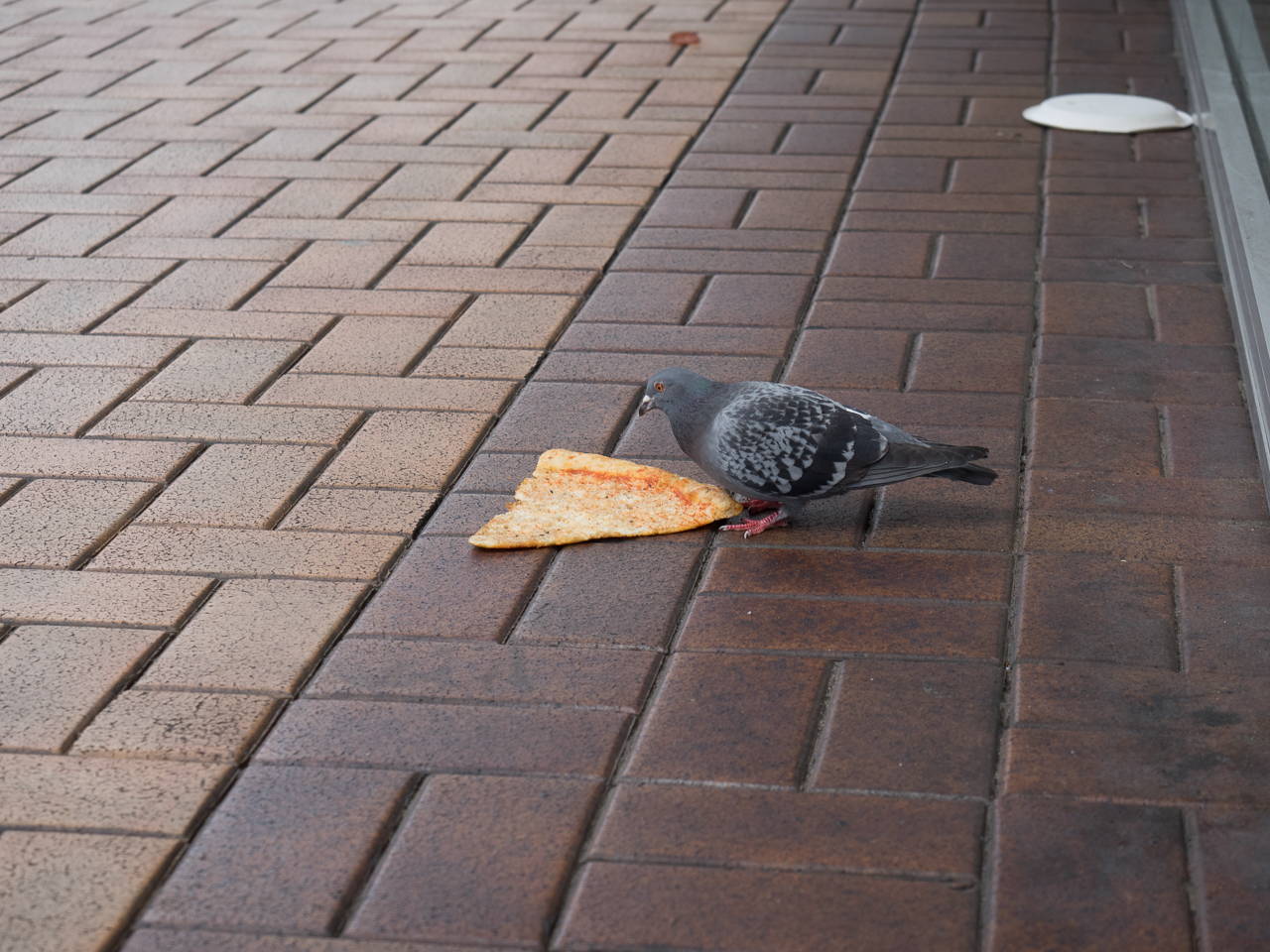
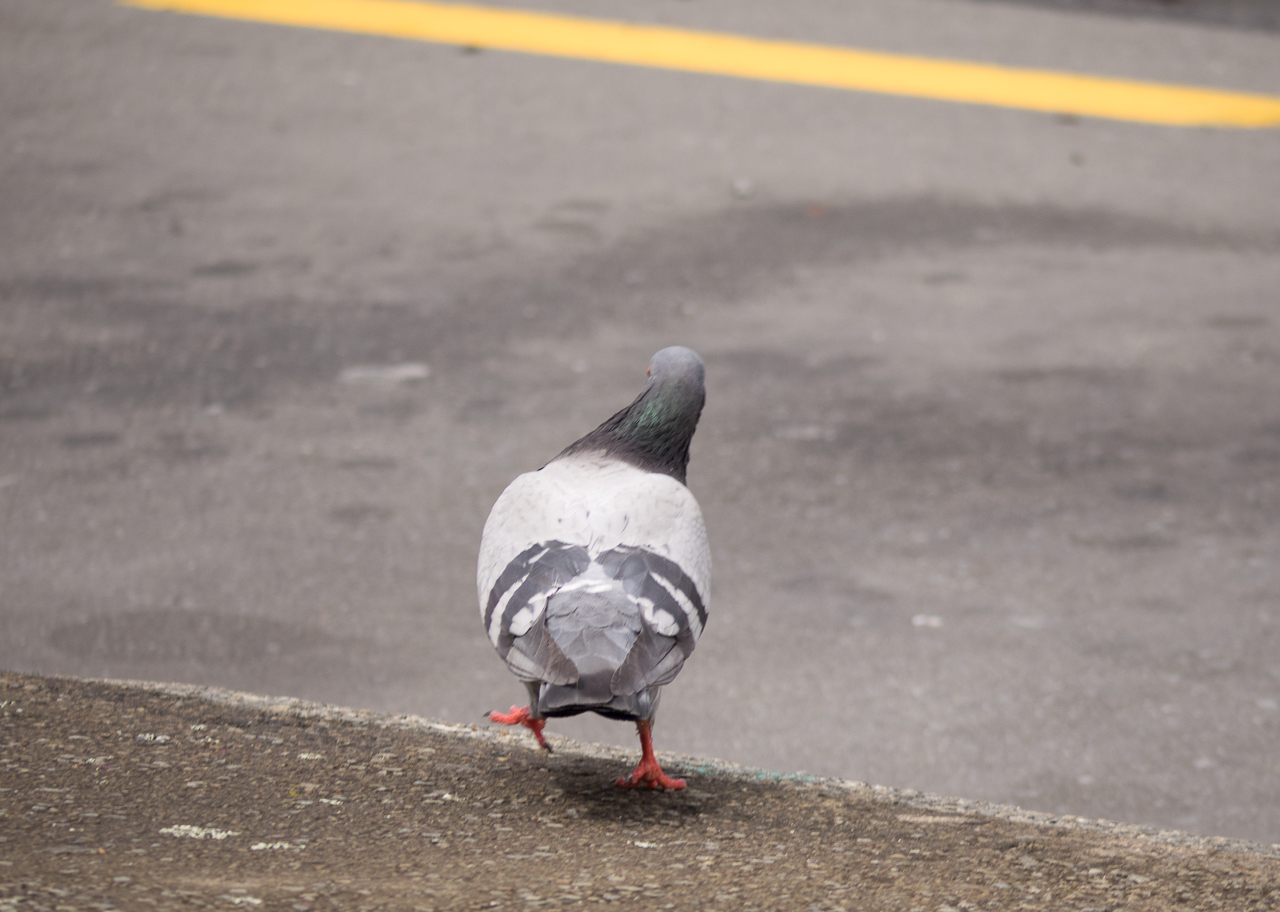
Towards the end of the year I went on a spree of photographing signage and murals of one sort or another. It’s a great way of ending up in parts of town I wouldn’t normally walk about, as well as looking afresh at ones I visit most days.

